
The images in this gallery were captured during the spring of 2014 by Nazareth College students from various disciplines. These students were asked to take photographs that represent what the value of a liberal arts education means to them. Their creative submissions, along with personal reflections, highlight many reasons for studying the liberal arts.
This project was conceived during a brainstorming session with Liz Zapata (Director, Marketing & Communications) and Cathy Kirby (CAS-Art Department). I am grateful to them for helping to conceive and design this exhibit. I also want to thank the faculty who worked with their students, helping them to complete their photo projects: Tim Glander (SOE-Social and Psychological Foundations of Education), Cathy Kirby (CAS-Art Department), Mary Maher (HHS-Nursing Department), Paul Porrell (CAS-Art Department), and Monica Weis (CAS-English Department). ~Scott Campbell
Elizabeth Pawley
Library
My liberal arts education brought me to the library many times to study, and I got to see this array of colors each morning when the sun was out. The whole study area of the library would light up as the sun came through the beautiful stained glass window on the main level.
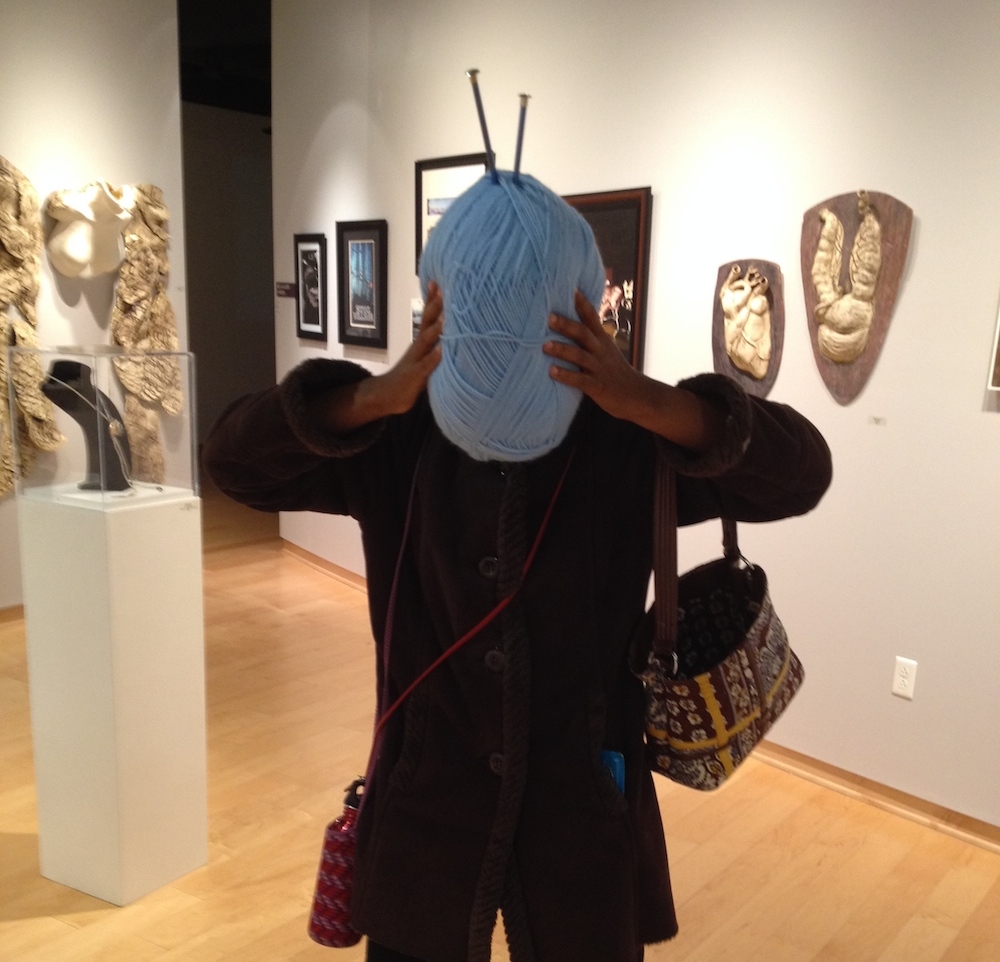
Discussions
I loved the discussions I had with Melanie. We are both interested in a bunch of different things, and are able to discuss ideas intelligently and openly. Even though we may disagree about some things, the disagreements do not hinder further development of ideas, and we are still open to consider one another’s view points. We were able to bring up different things we had discussed in our classes and think critically about them.
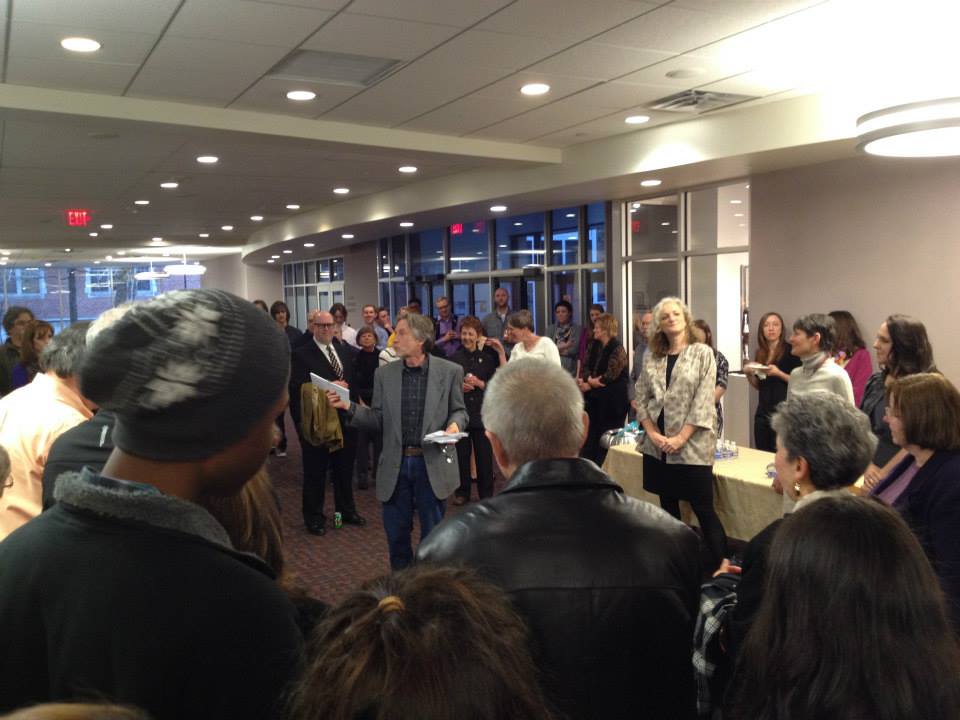
Art Show
Student Show 2014 – There were so many different types of art, and a huge variety of influences displayed in this year’s art show. As artists, we can find inspiration from ideas and concepts, many of which originate in the classroom. A liberal arts curriculum demands the consideration of a variety of ideas and principles, and as our knowledge grows we become more well-rounded and have a wider idea pool to pull from. We can then pursue those ideas in whatever medium of art we are equipped to explore.
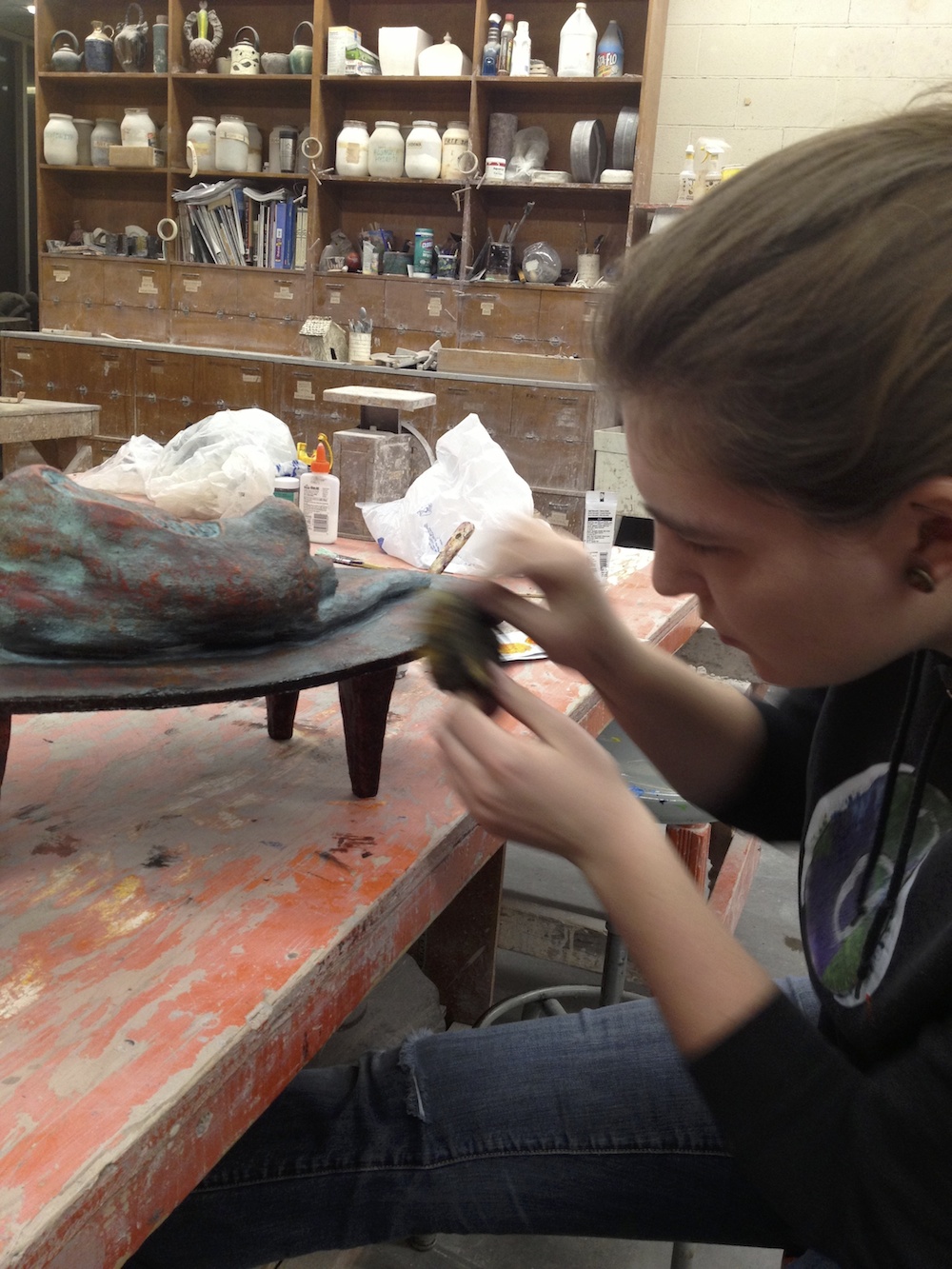
Dreams
I have learned to respect diversity. Along with diverse backgrounds and ethnicities, I have come to respect and admire the diversity in dreams. We all have our own aspirations, and the thing someone is passionate about is unique for that person. I loved talking to people and finding out what made them smile and dream, and I was happy to encourage them.
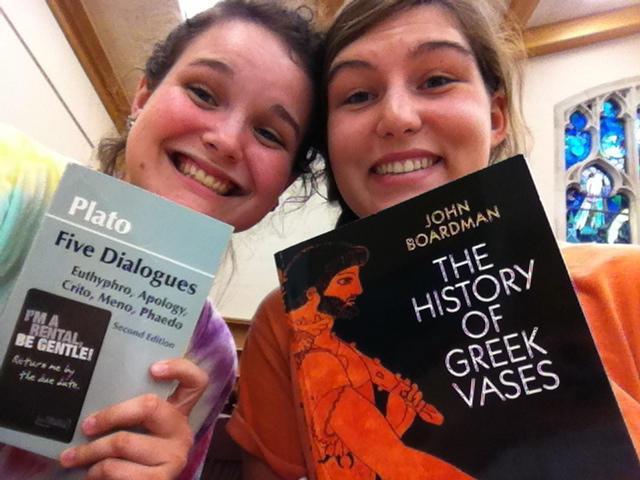
Hit the Books
A liberal arts education makes you pick up books you might not have considered otherwise.
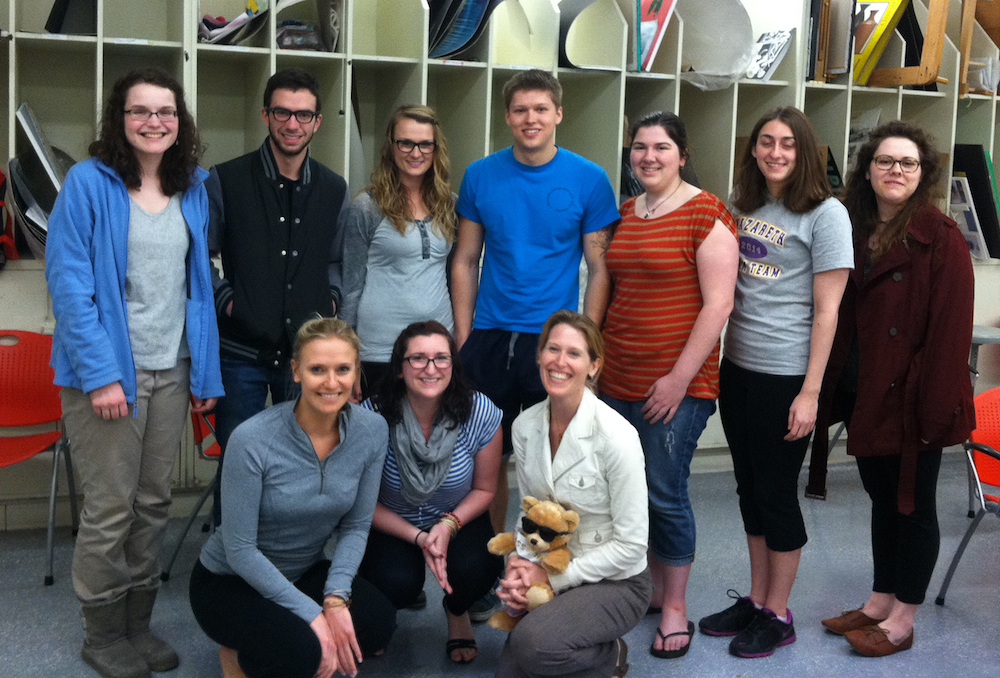
Issues Class
This Issues in Contemporary Design class was amazing and one of my favorites of my time at Nazareth College. We had really great conversations about art, and the quality of the conversation was better because we were able to apply our ideas from other classes to the subjects we were learning about. Although we were all students majoring in Visual Communication Design, we all had different experiences at Naz and had taken different courses. It was cool to see how our learning in other areas applied to art as well, and we were able to think critically about design from multiple perspectives.
Chocolate Bunny
I had existential thoughts about the fate of my chocolate bunny instead of writing my paper.
Registrar's Office
Having access to the diversity of ideas at Nazareth through different classes brought me in contact with people of different ethnicities, skin color, and religion. I was able to use this experience while working in the Registrar’s Office at Nazareth College when I worked with different people who might come in seeking assistance.
Sketchbook
I had more concepts to consider, and was able to fill my sketchbooks with ideas that were partially inspired by some classroom conversations.
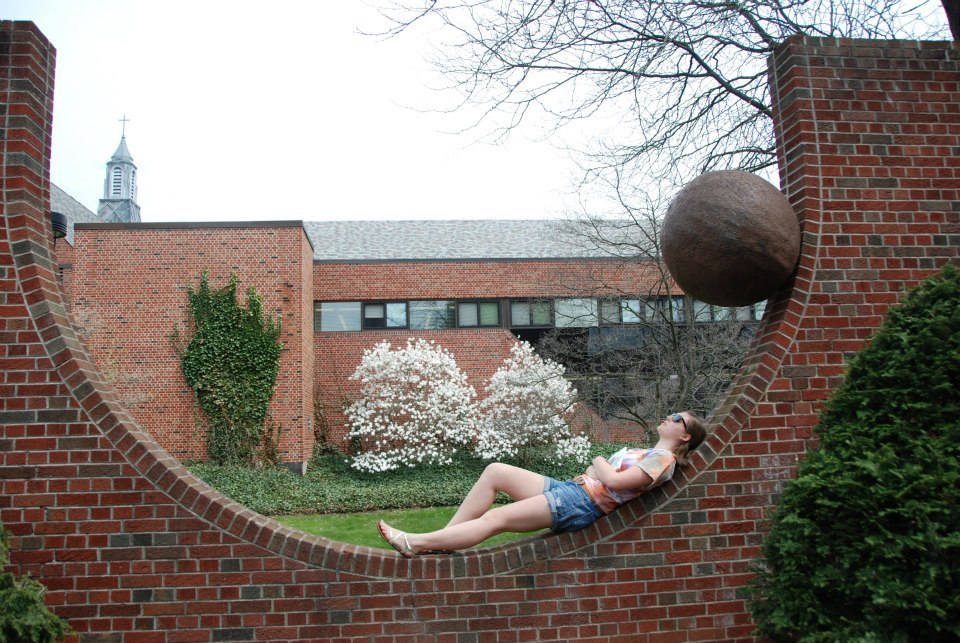
Weight of World
Sometimes it felt like the whole world and all it’s weighty substance was coming down on us. We cried, laughed, studied our brains out, and took it. Because we knew it was worth it.
Chad Bockes
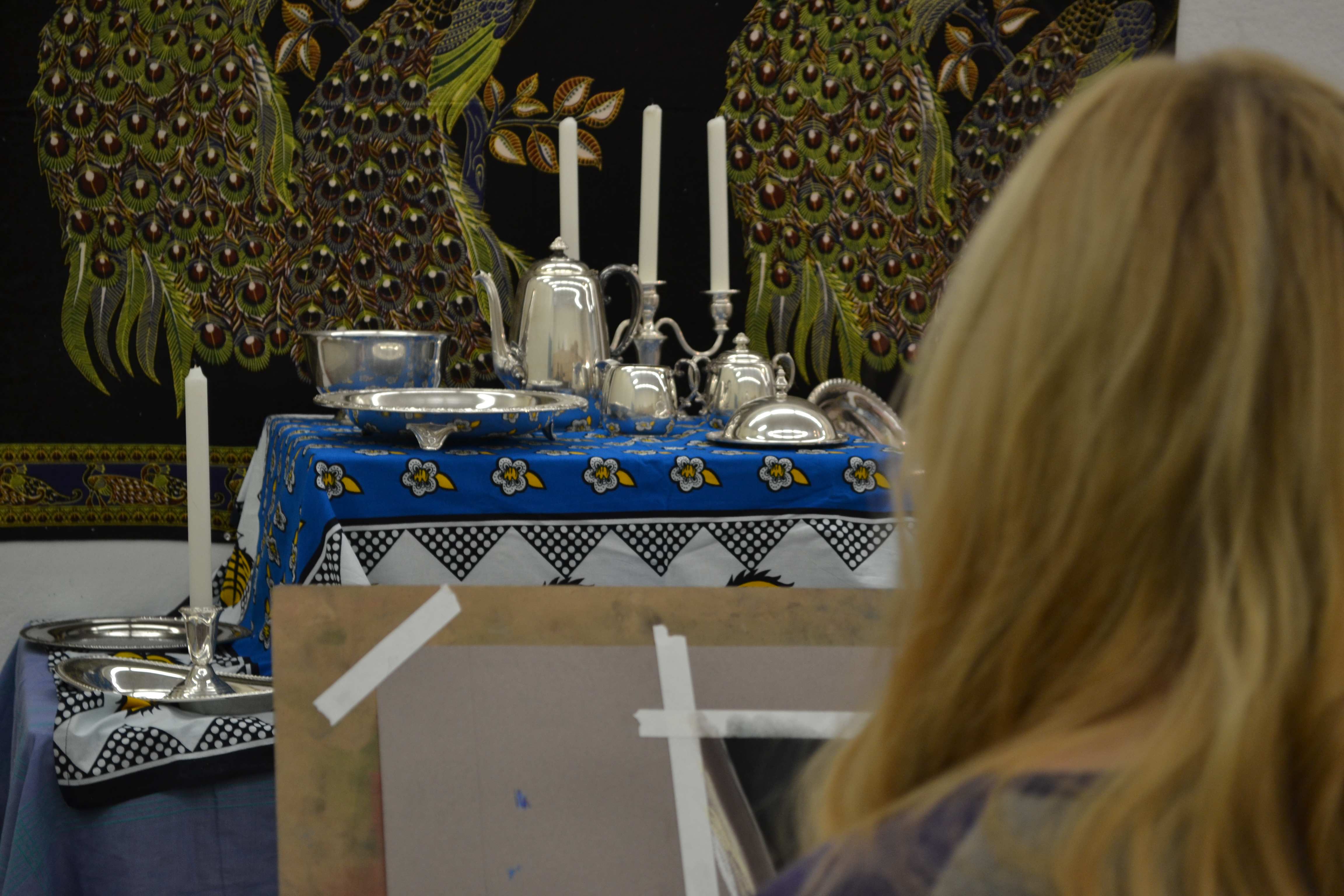
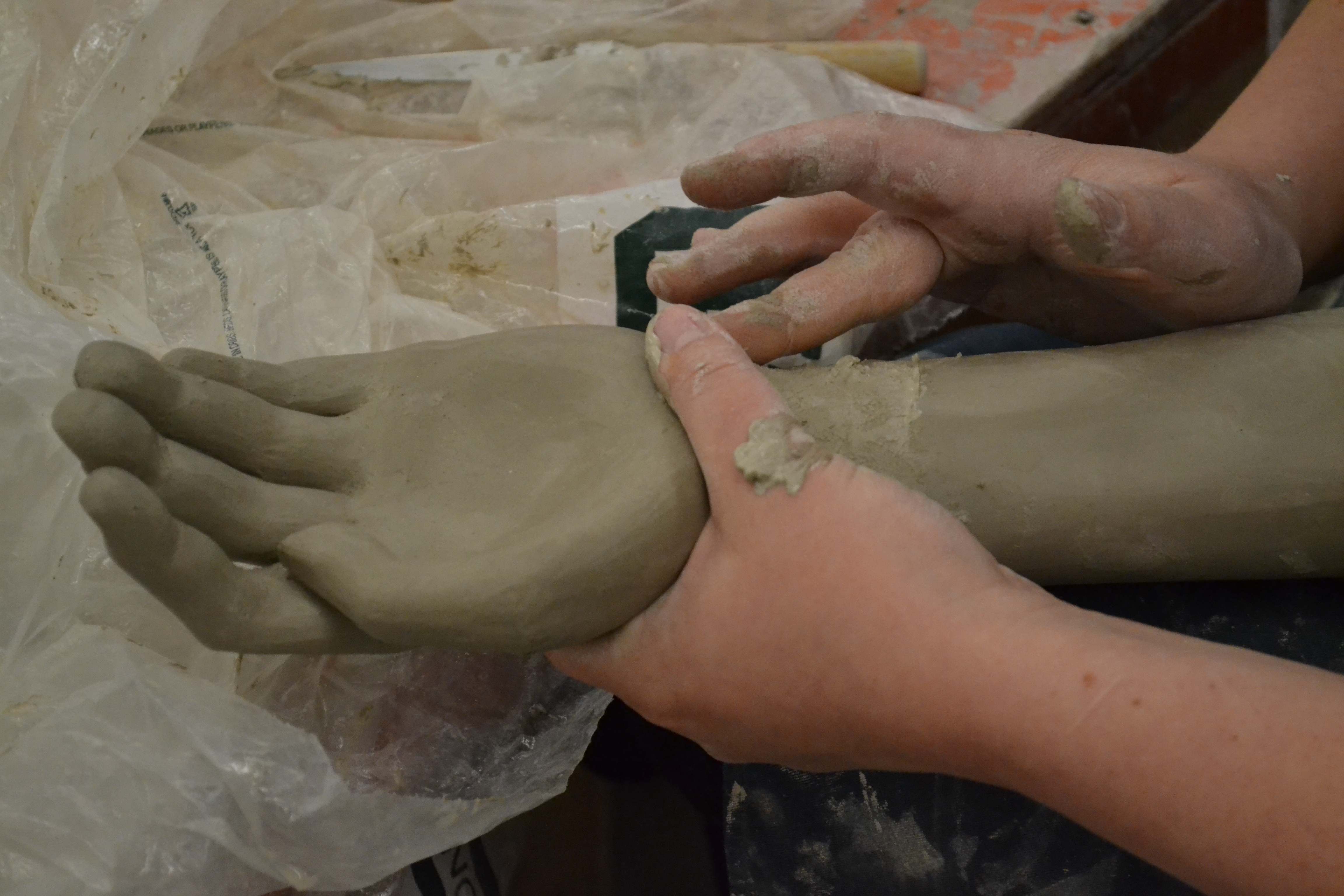
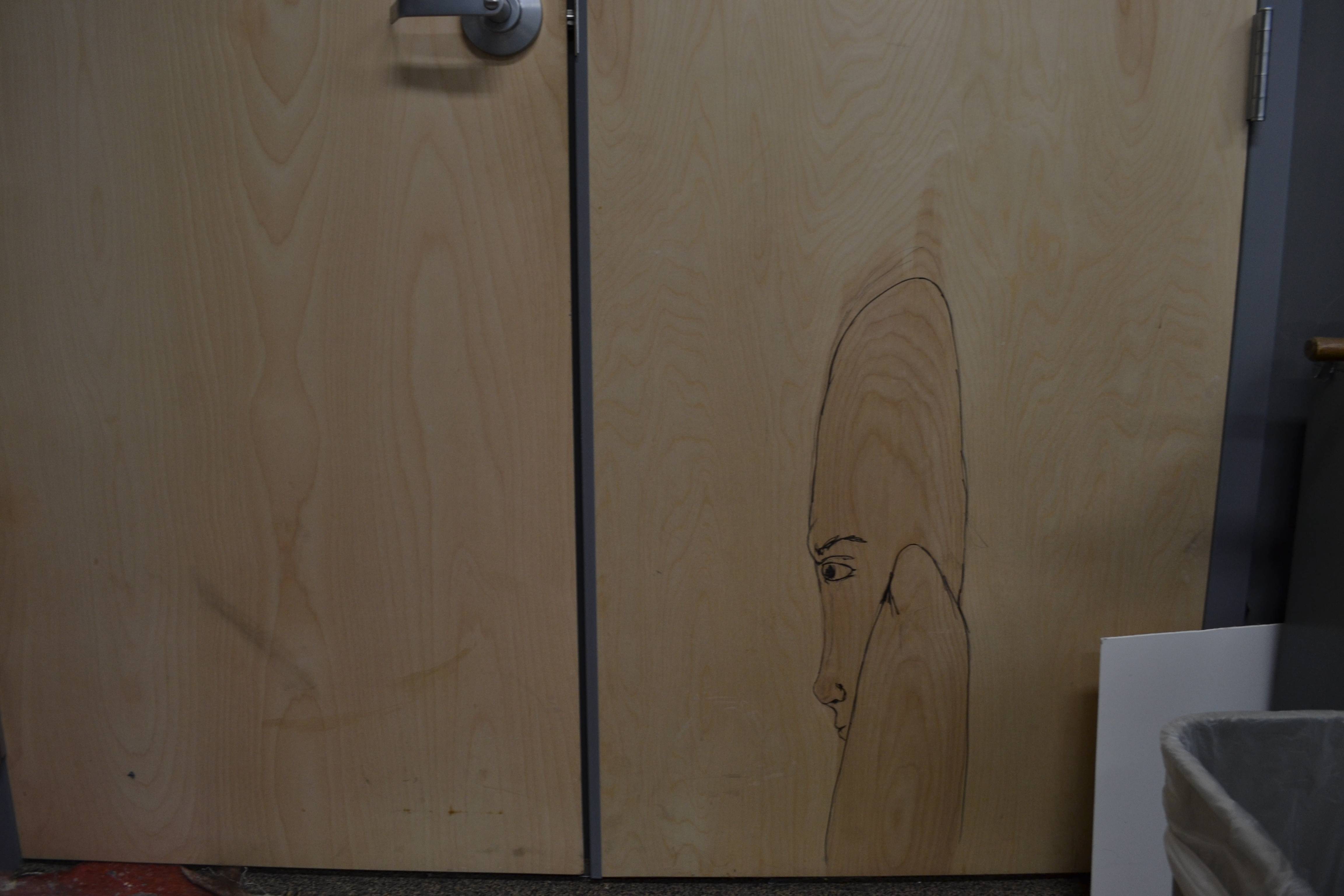
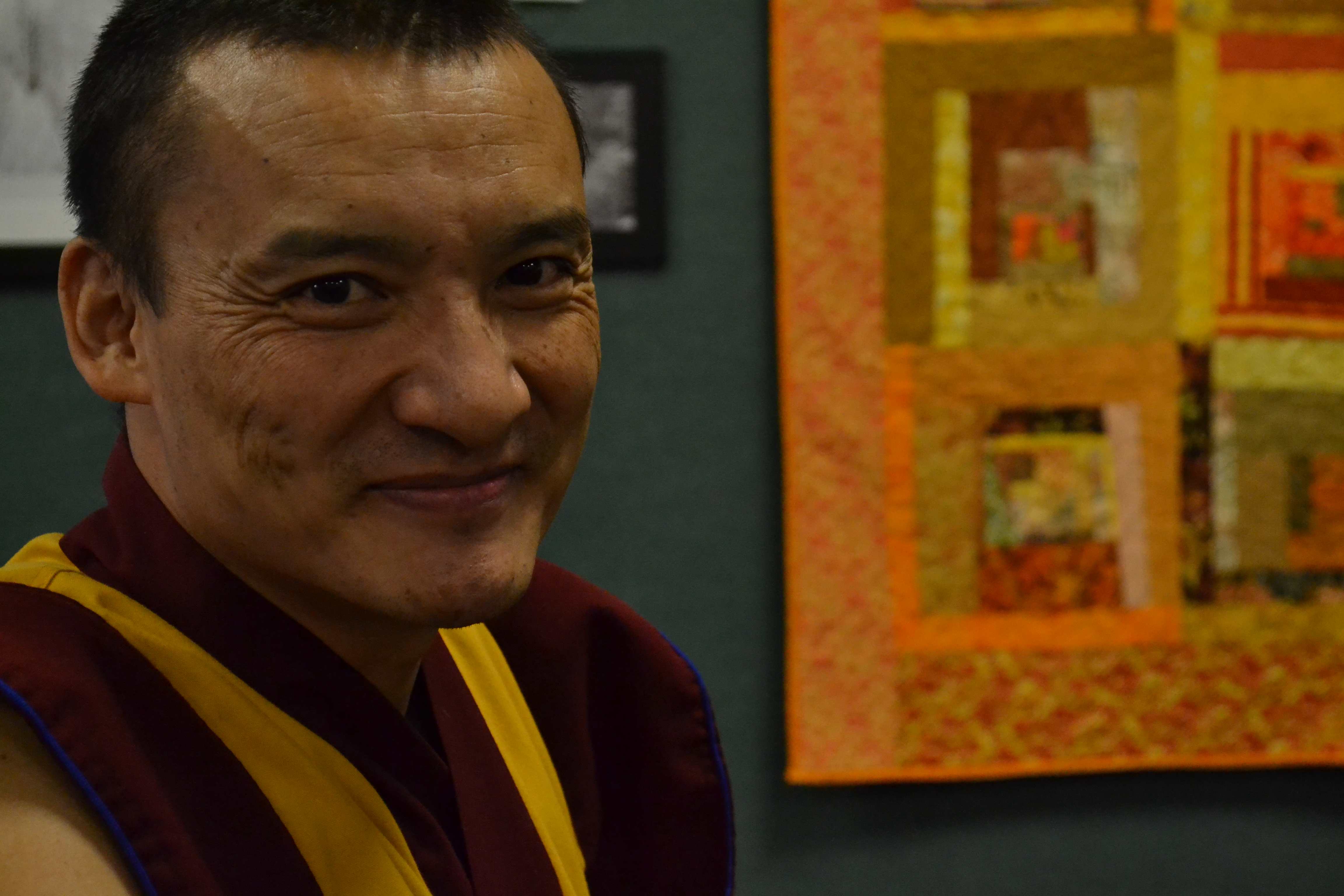


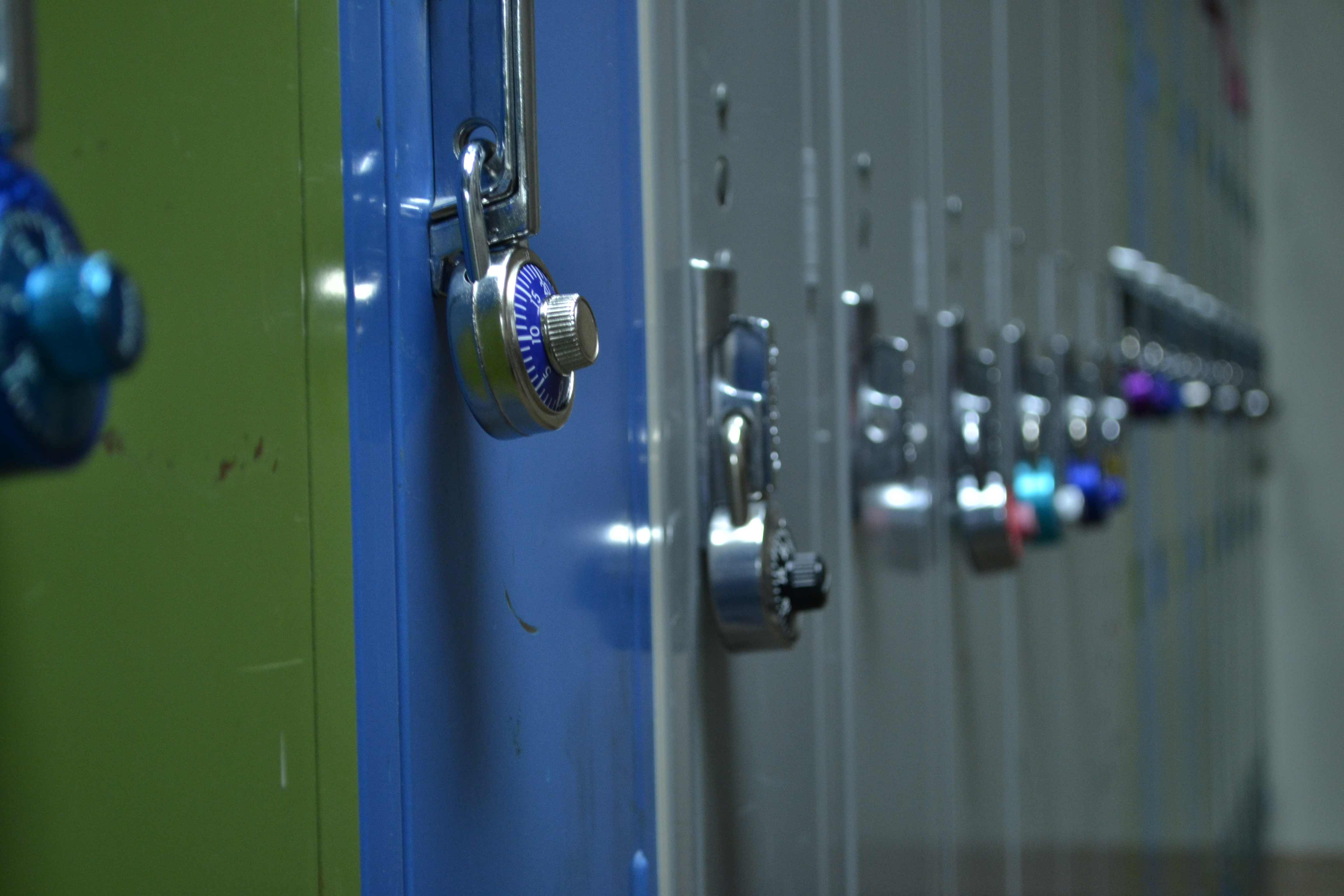

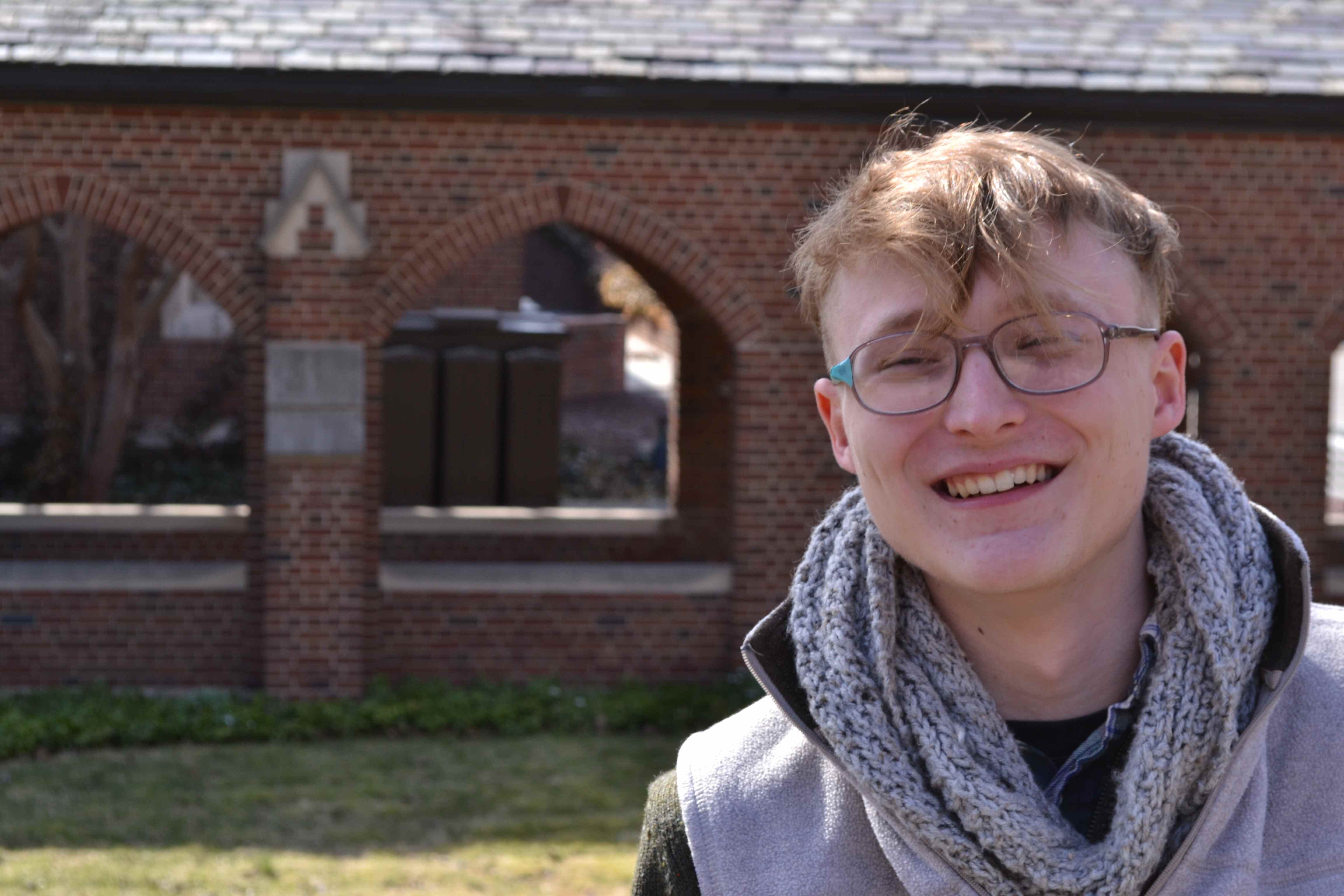
What does going to a liberal arts college mean to me? The standard definition is that a liberal arts college offers students a wide range of academic subjects as well as standard humanities in addition to a major field of study. A liberal arts education is about drawing relationships between things literally and figuratively, the material world and the unseen sciences. The way I learned that is through the study of drawing. Everything in this world has some sort of relationship. In drawing, one of the most fundamental things that I learned is when I draw I need not draw a specific thing, but a relationship of something with other things and the space around it. That is what I try to practice with my other studies and ultimately outside of the classroom. Without being able to draw interesting relationships between people and things in this world, I think that it would be a very small place to live in. A liberal arts college teaches that world is anything but.
Afiya Farrell
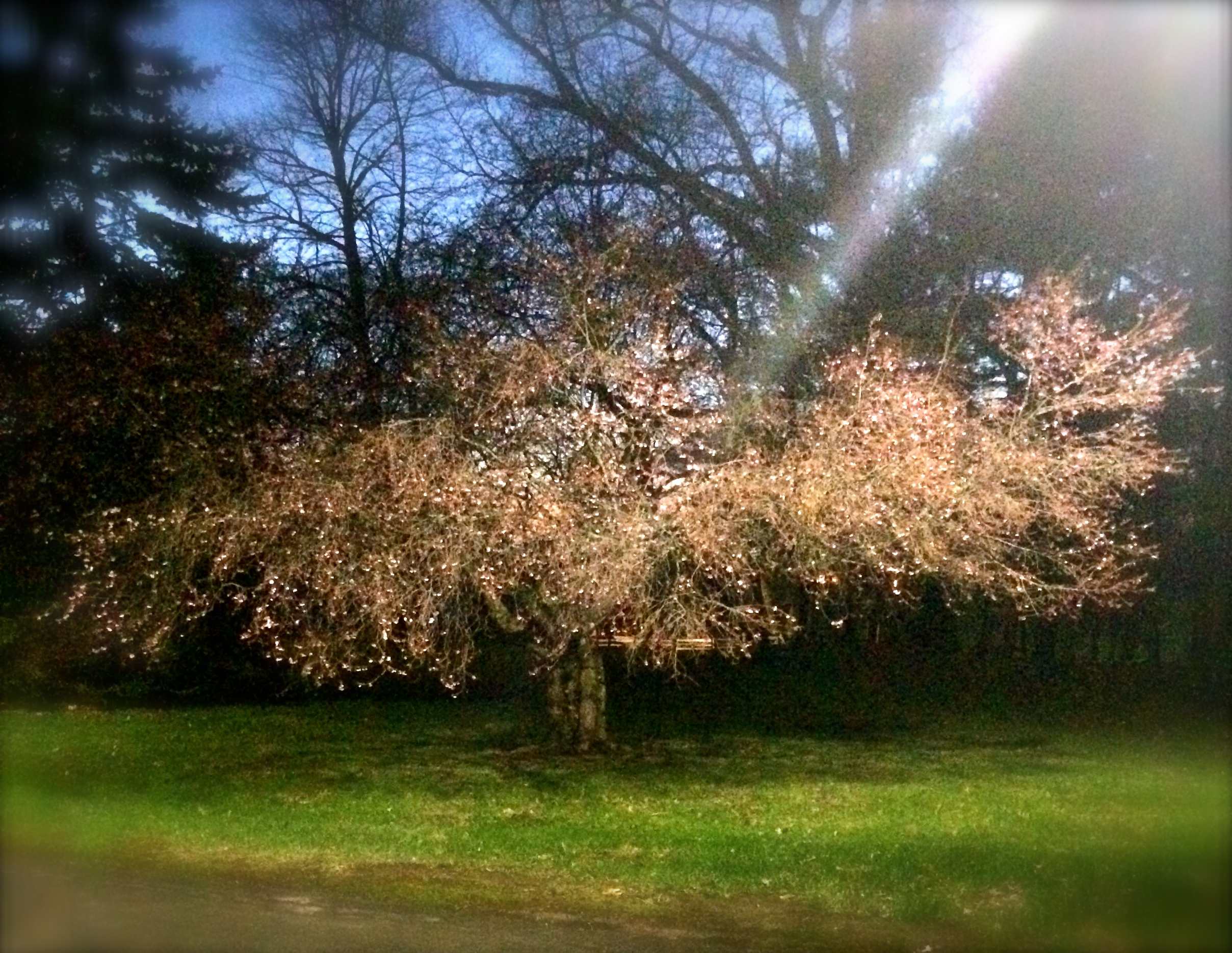
I started out at Nazareth College as a transfer student and when I settled into campus life I did not know who to talk to or where to go for help for simple things. I was lost and confused. As my year progressed I began to interact with more students, got to know my professors, and I realized that I had more of a bright outlook at Nazareth. The liberal arts education at this college helps students prepare for different events in their lives that may not necessarily deal with their major or career choice. It gives us insight about the world and prompts us to do more than what we initially came to college to do. This photograph depicts the uncertainty of students in a liberal arts education, but also the bright future ahead of them, which is achieved by the support of family, friends and the faculty here at Nazareth College. Without the roots that we have, our education cannot grow and blossom into something new.
Elizabeth Serbicki


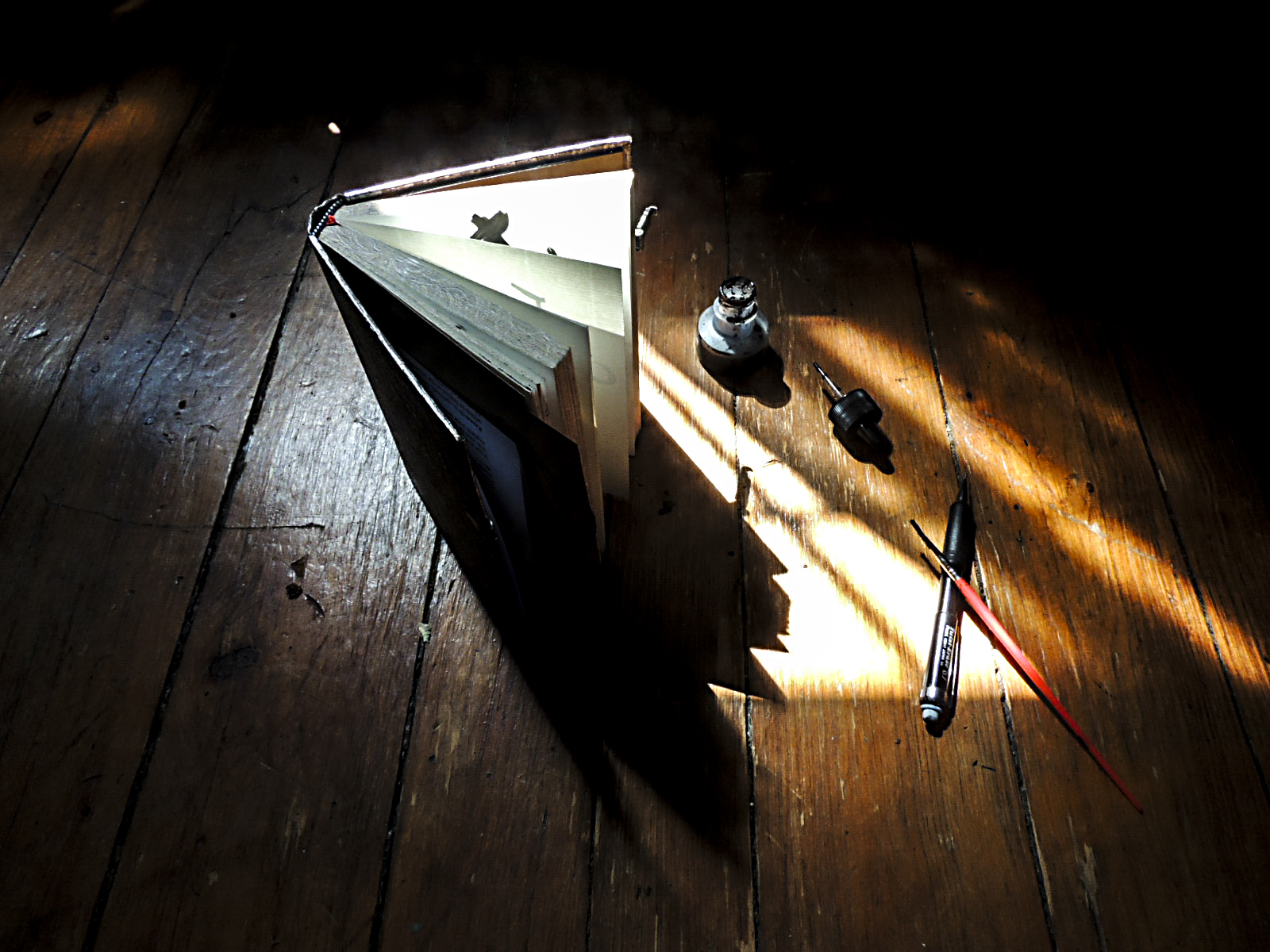
A liberal arts education means connection to me. The classes I have taken have helped me to realize the connection in everything and to utilize it in my daily life, whether that is in my design work or in my relationships with other people. I have learned so many ways to go about solving problems and now I know how to better gather information to solve my own issues. A liberal arts education really keeps a mind active and forces it to grow in directions it may not have gone before!
Mayuki Nagao
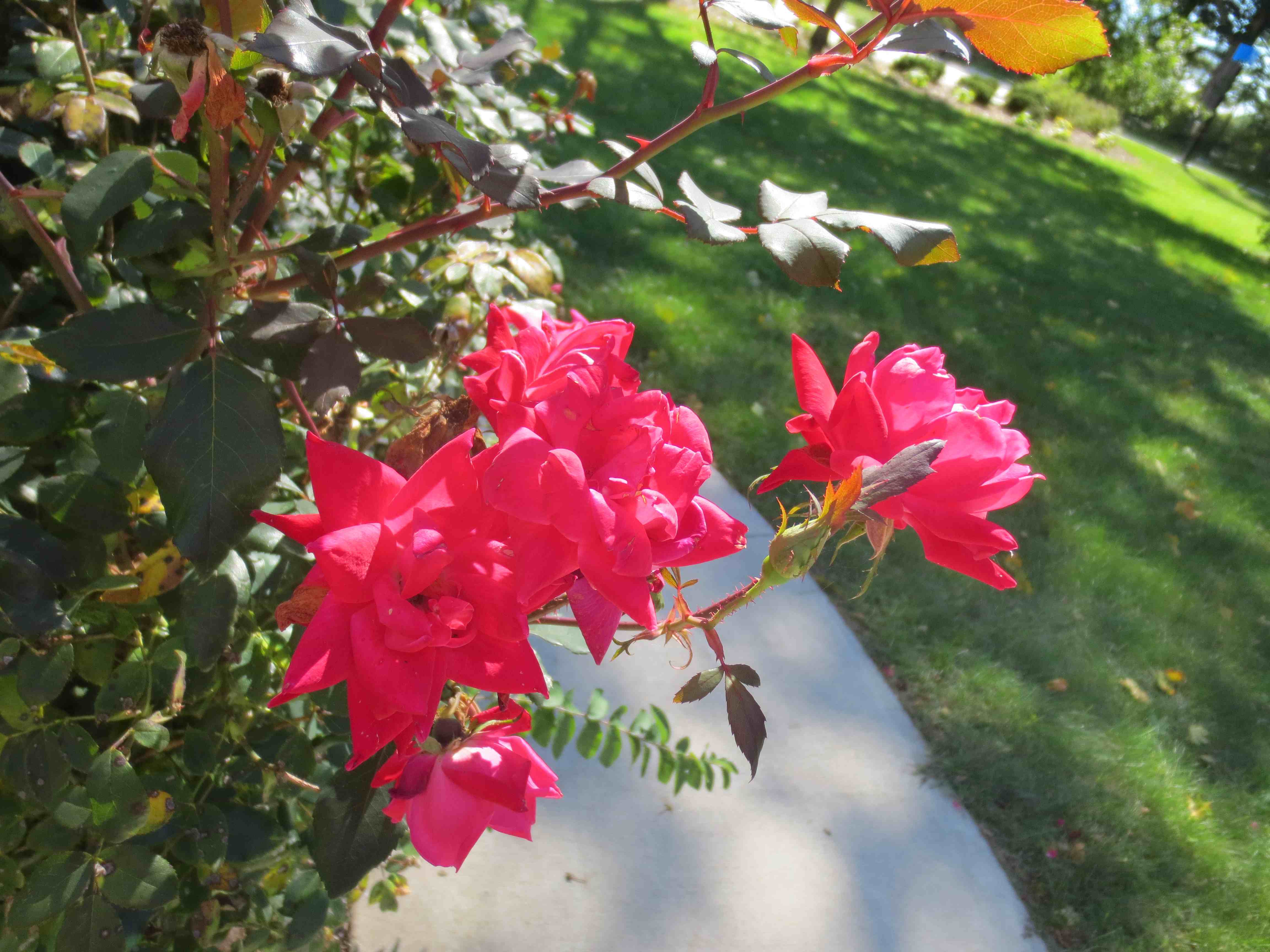
At first I was unsure about this class because I wasn’t very interested in natural sciences and I liked novels better than essays. Little by little, however, I began to enjoy works by nature writers. This class showed me many different aspects of nature and gave me opportunities to discuss something that I had never focused on. I thought this class did not relate to my major but found the connection between them at last. I believe the value of a liberal arts education is that you can learn something different from your major or interests and deepen your knowledge or understanding of the world. I think it is like watering the flower. Your flower of interest drinks a lot of water. You have to give her water from different angles so that she can grow properly. I suppose students should study not only their majors but also other areas to see the world from different perspectives. A liberal arts education provides a good way to water the flower of interest.
Katherine Race & Elizabeth Vavra
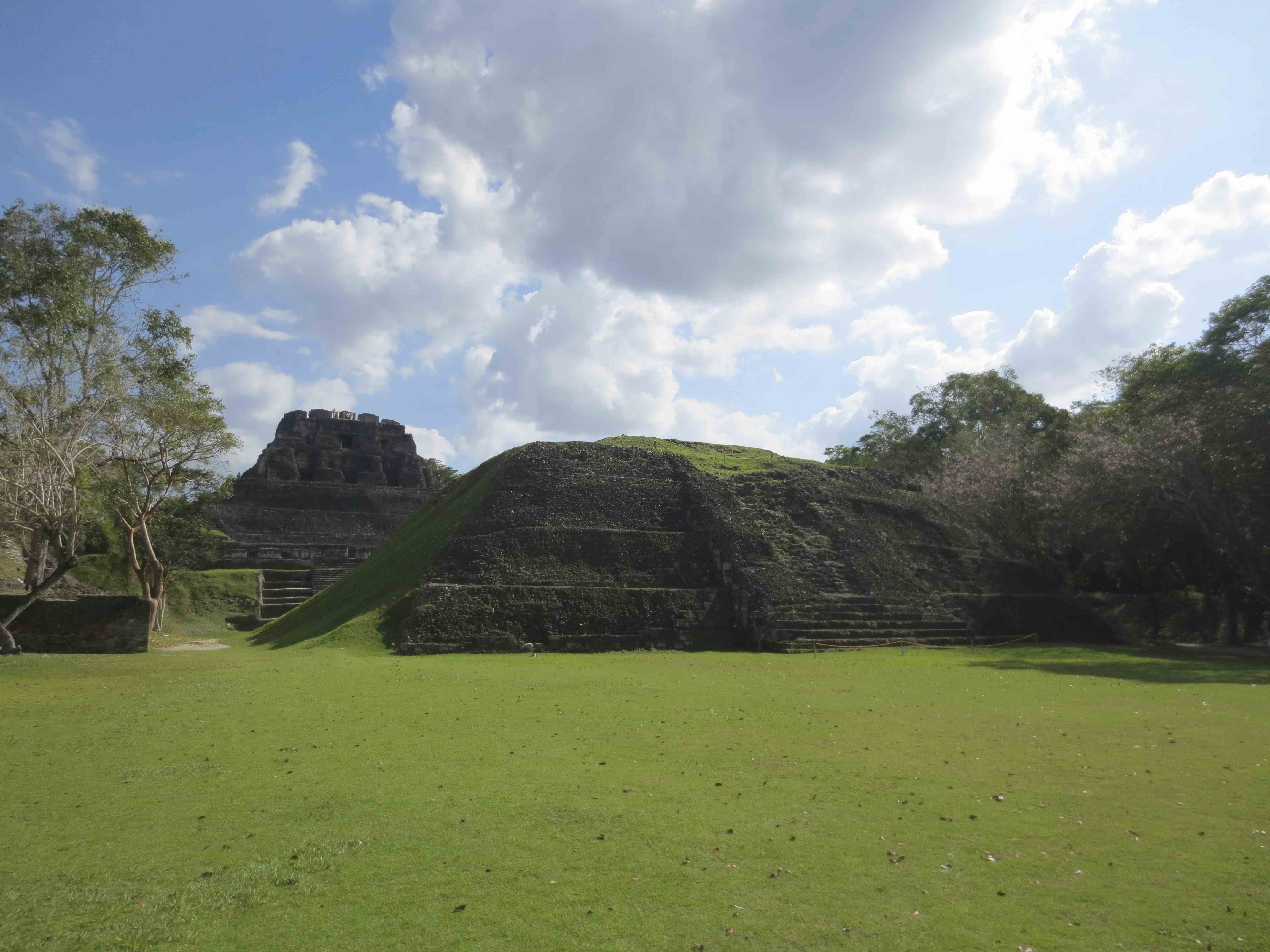
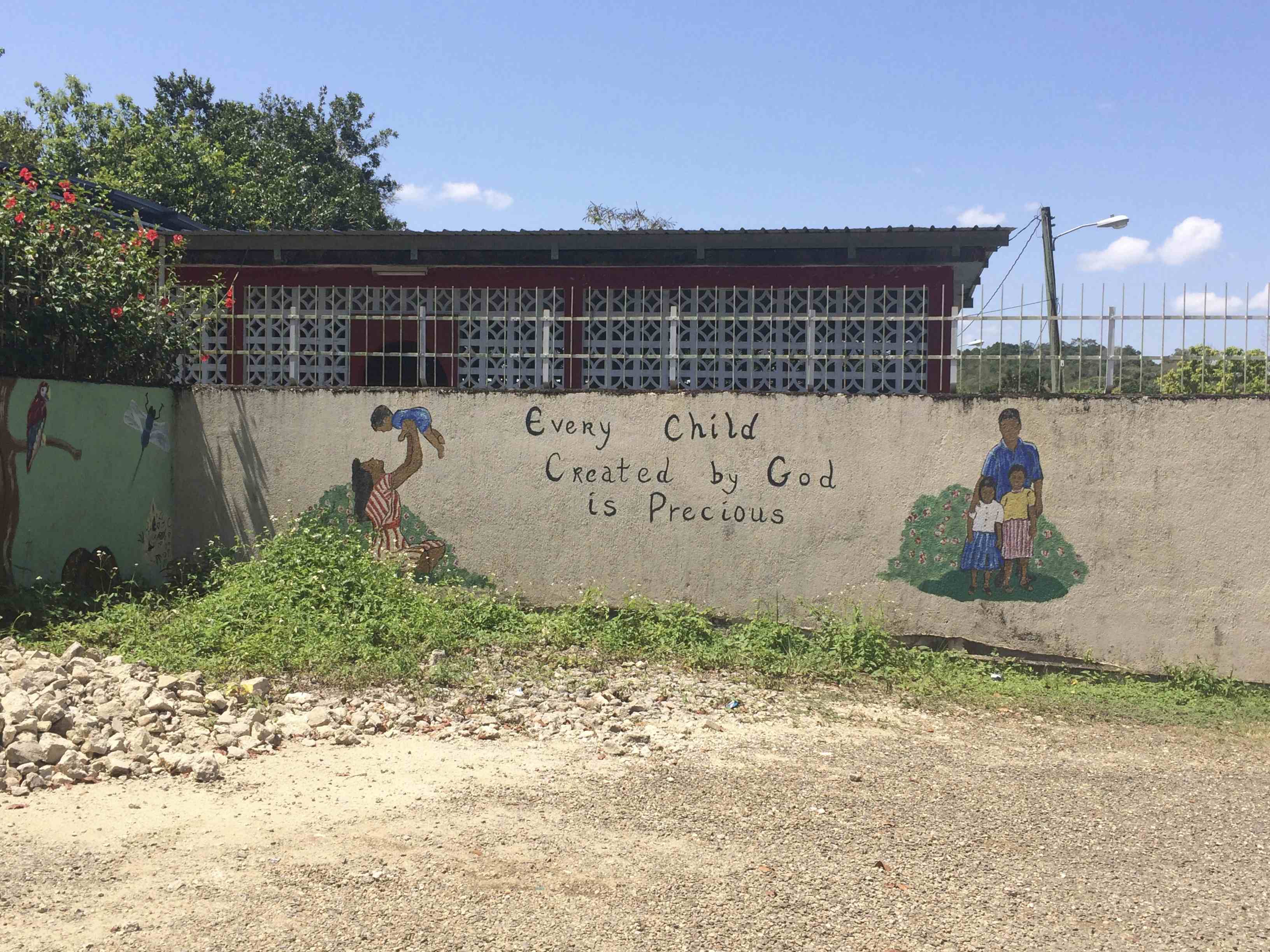
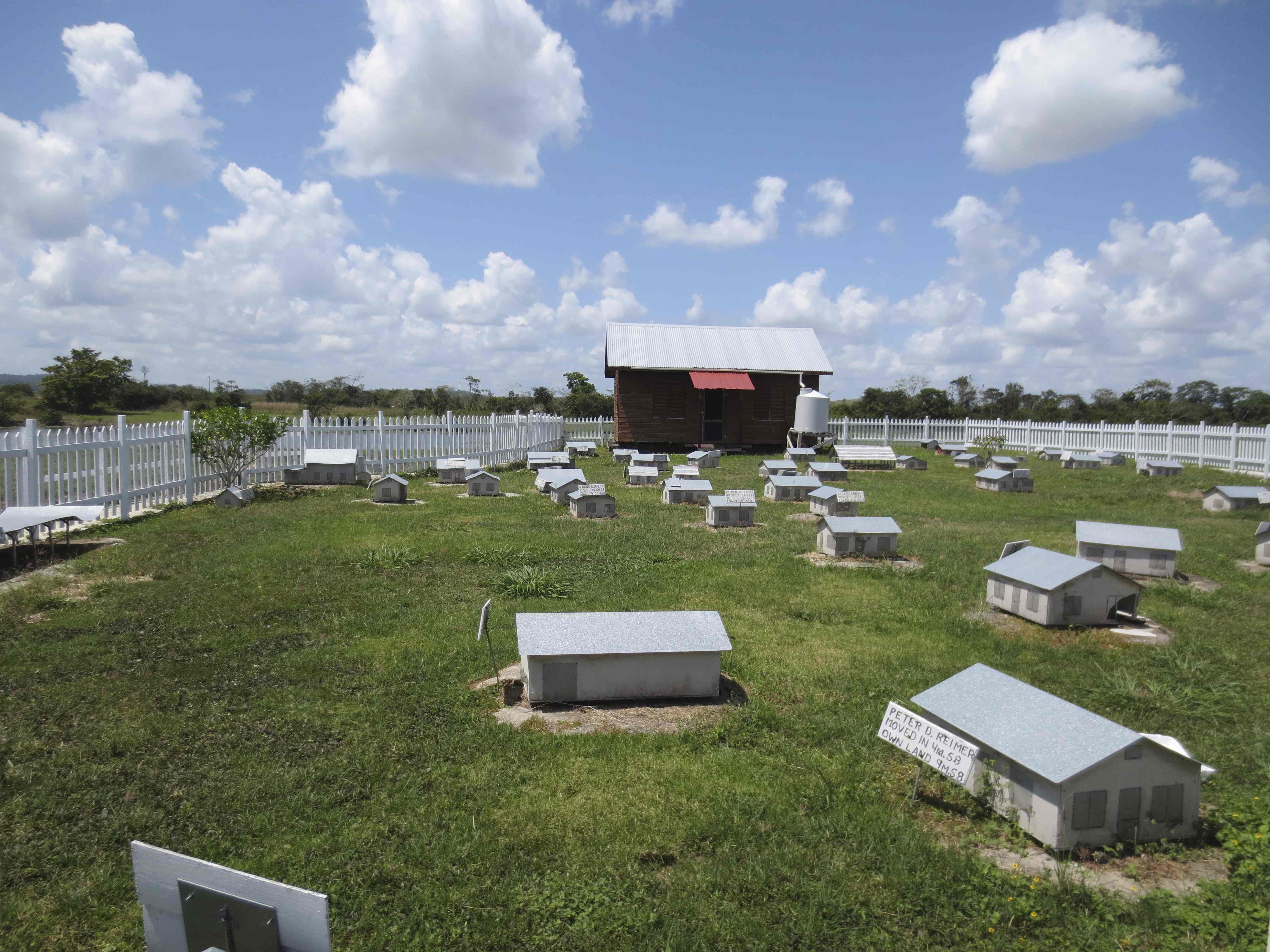

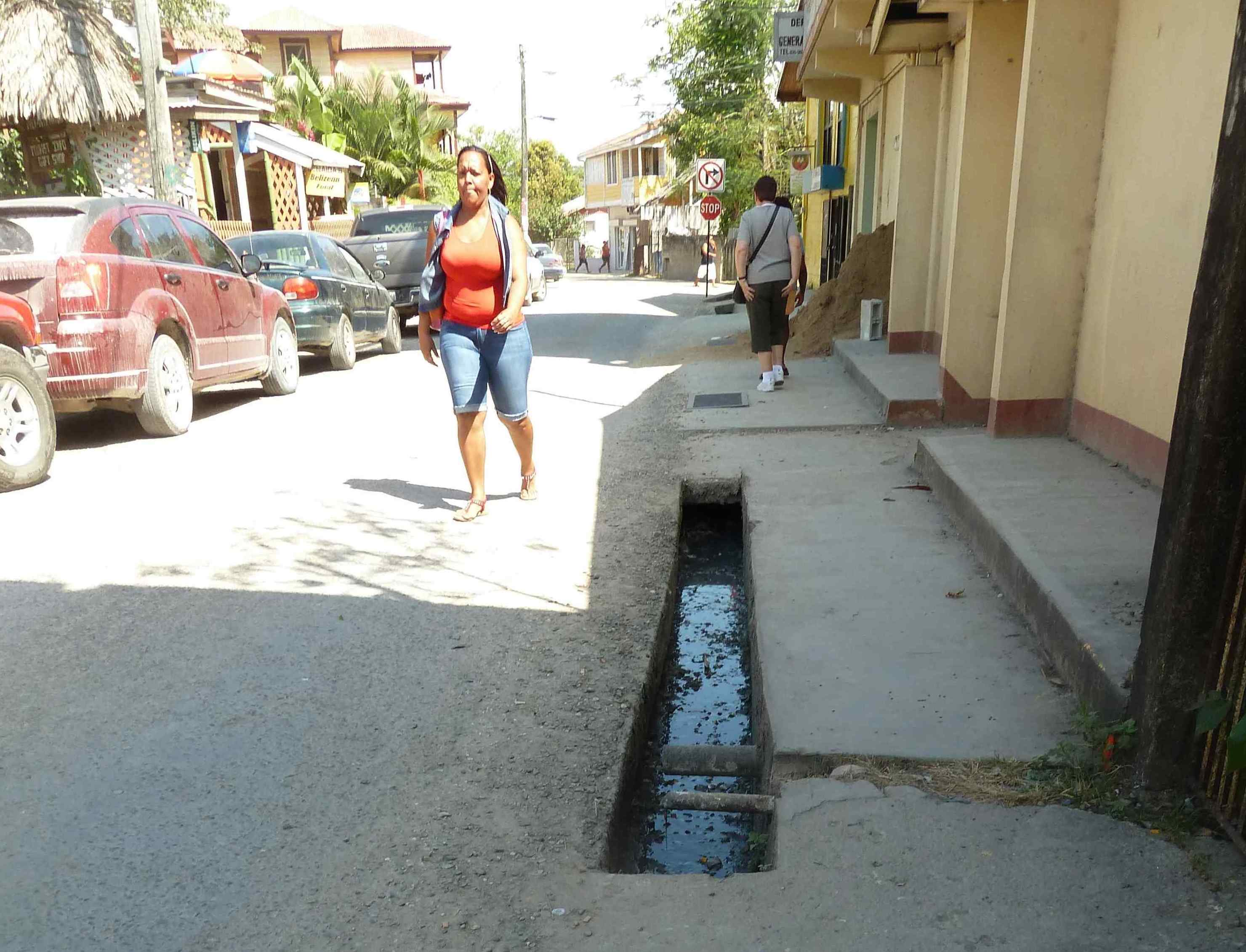

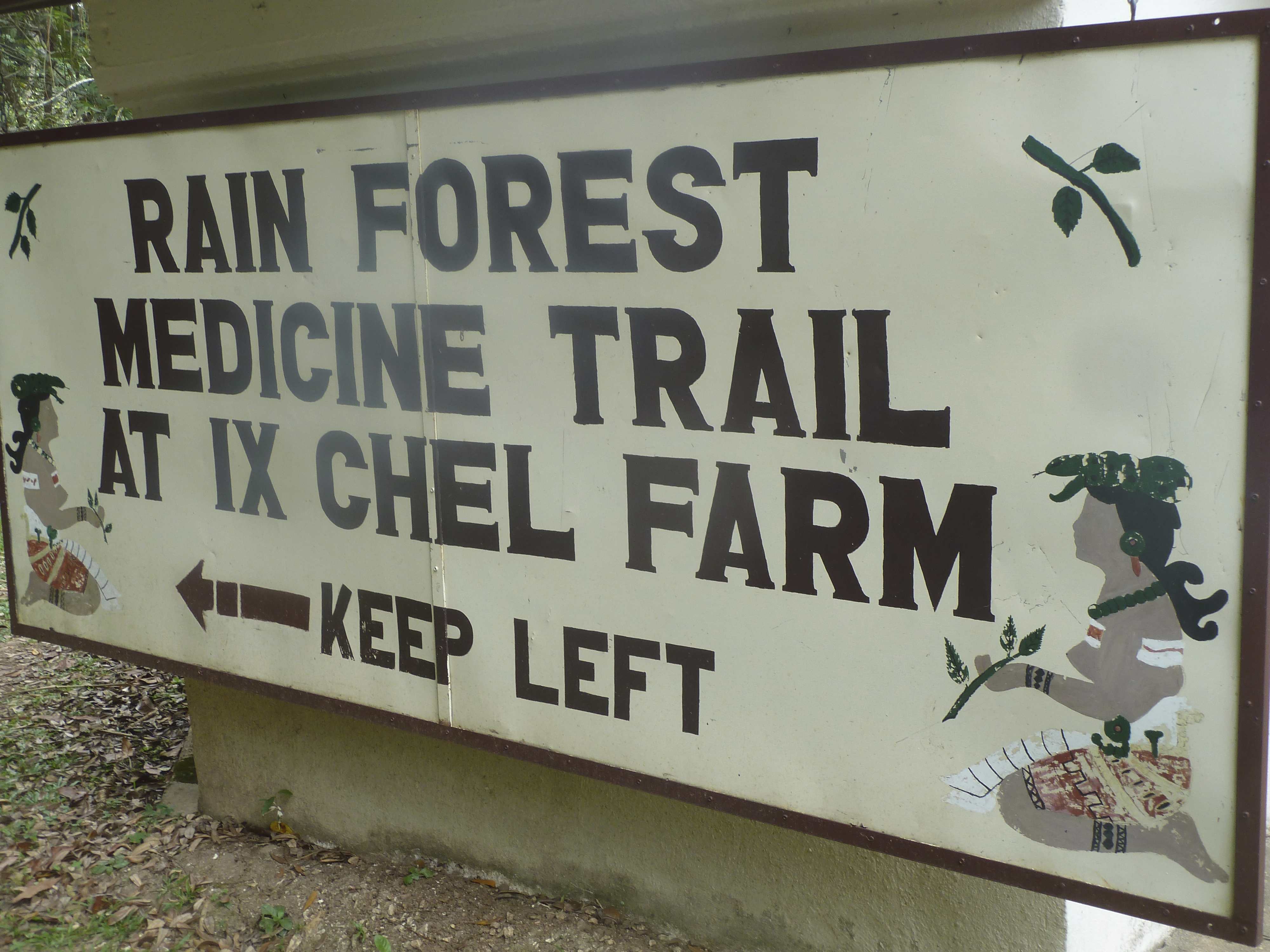
The liberal arts form an essential foundation for the education of the baccalaureate prepared professional nurse. Without the study of the liberal arts, the college experience would be comparable to training for a job without a greater understanding of its relationship to the rest of the world. In an optional short study abroad assignment, within the course, PBH 102 Global Health, we were able to clearly see the direct relation of the Nazareth College liberal arts core to health care. During a week-long study in Belize, we expanded our nursing knowledge and practice by using skills from the liberal arts.
In preparation, we used mathematics to gain an understanding of population demographics and key health indicators such as infant and maternal mortality as well as the prevalence of diseases such as diabetes. We were exposed to a new way of people living and working within the context of their religious beliefs. We learned about Ix Chel, the Mayan goddess of healing as we visited ancient ruins. We were surprised at the number of church-affiliated schools and the common use of Biblical scriptures which were painted on public walls in the market and in the rooms of residents on murals in a non-sectarian senior home. We also heard from one of the founding members of the Mennonite community about how they settled in Belize so they could have religious freedom and now are major contributors to the country’s gross domestic product through work that includes the nation’s only commercial dairy.
In addition, we used windshield surveys, an anthropological research method to conduct rapid assessments of neighborhoods, to gage public health strengths and risks (open drainpipes parallel to sidewalks pose a hazard, while easy access to markets filled with inexpensive fresh produce supports good nutrition). Before the trip, we read the memoir of a naprapathic doctor who moved to Belize from the US to apprentice with a traditional Mayan healer. This led to the founding of The Belize Ethnobotany Project in collaboration with the New York Botanical Garden. Meeting the author, we learned about the medicinal properties of plants that abound in the rainforest as she lectured along the medicinal trail about their active ingredients.
As nursing students, we respect the important difference between learning how to perform skills and how to be knowledgeable, compassionate nurses. Recognizing that difference can be attributed due to the integration of the liberal arts in our professional preparation.
Ashley Chambers
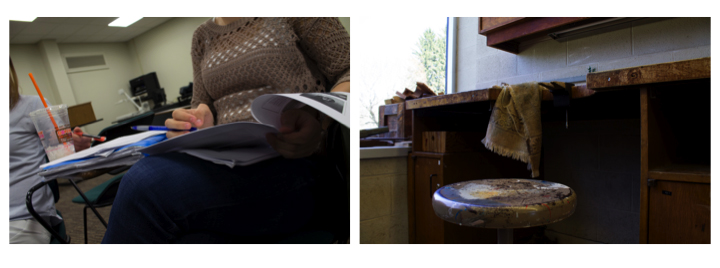
A liberal arts college produces well-rounded individuals that are prepared to enter the real world. Taking a variety of courses provides students with new knowledge and different perspectives that they would not gain from just their area of study. These courses help students to learn about teamwork, critical thinking, and tolerance of different opinions. Personally, I think that liberal arts courses come into play in my major of Visual Communication Design. I have applied things I learned in English, Anthropology, Psychology, and Sociology to the work that I produce for my own major. Not only are these extra classes beneficial academically, they are also helpful in building successful graduates. Research shows that graduates from liberal arts colleges adapt to new circumstances much better than those who do not have the same educational background. Although it is easy to dismiss these liberal arts classes, they are very important in the long run.
Andrew Kehrer
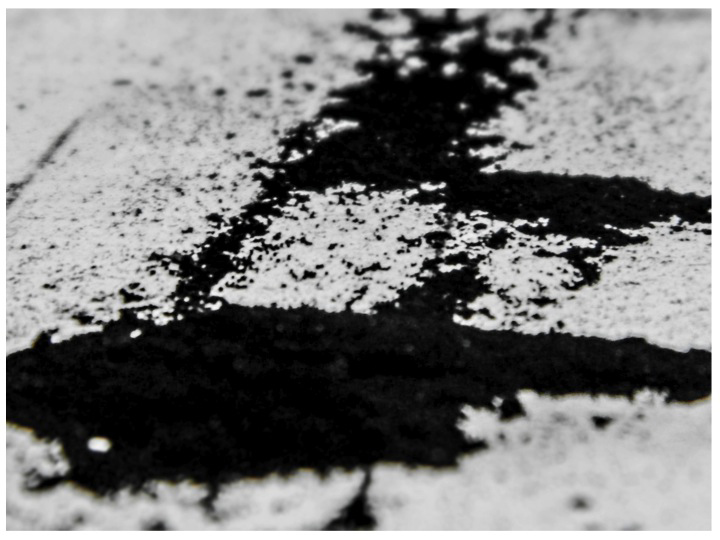
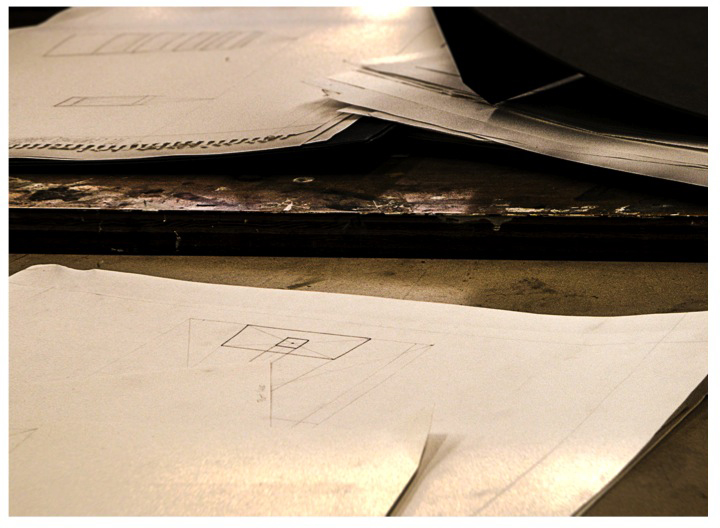
For my two photographs, I chose to use two strong images that I shot earlier in the year, both from A162 (the drawing room) on campus. With the question of what makes a liberal arts program, or a well rounded student, I think that the shot of the toner on white paper is the most effective. I believe that this is the strongest piece for this question, because of what toner is and what it does, much like students. With toner, the more you put in to it, and the harder you work it in to your composition, the more pronounced the highlights are, and the more complex and the more depth your drawing will have. I also believe that this piece best answers what the importance of a liberal arts education is because generally, toner is a foundation of most drawings, as liberal arts is the basis of any education. The image itself is simple and plain, and looks mundane. But it’s the actual subject matter that is what is important. Each grain may look similar, but ultimately, it’s what you put in to it that affects what you get out of it.
Annie Hess
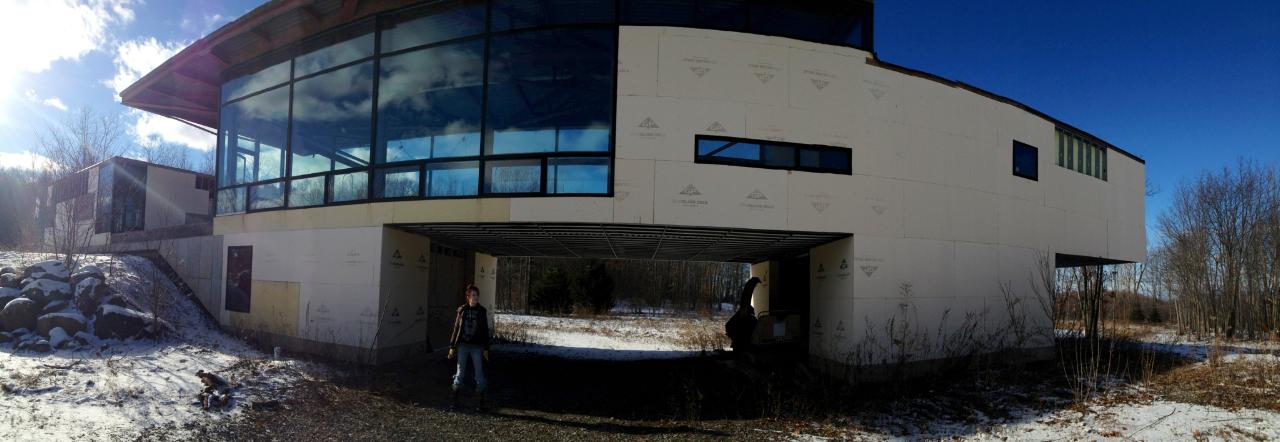
This is a self-portrait of me in front of my favorite abandoned house. I chose this picture to capture my liberal arts experience because of how beautiful and open the house looks through the windows. This is a house that was never occupied by anyone because it was never fully finished. The best part of visiting is watching the sunset and being able to stand outside of the building while the sun beams through the windows.
I have only taken one liberal arts course at Nazareth College so far, but this one class has had such a profound impact on my life. This class was about nature writers and made me appreciate and cherish the world around me. This picture shows the sun shining through the windows, just like the sun is shining through my soul, and it’s starting to open up. An abandoned house can have a negative connotation to it, but to me it means that it can be turned into something beautiful again. It is being reoccupied, reborn, and shining through…just like me!
Carly Stokes
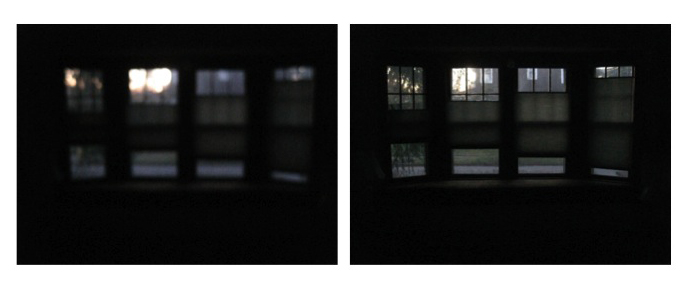
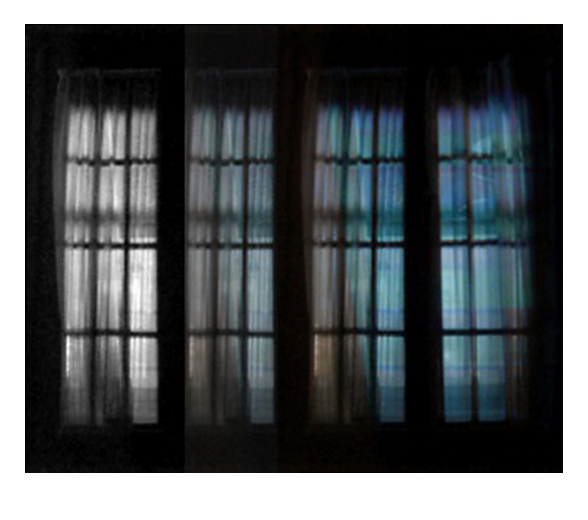
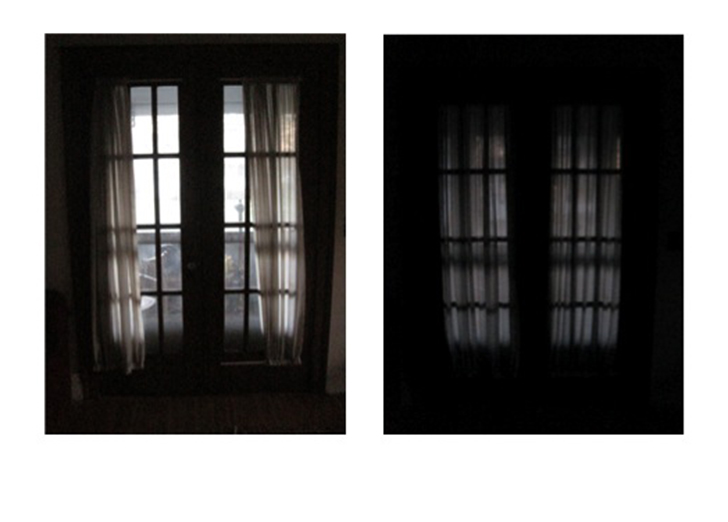
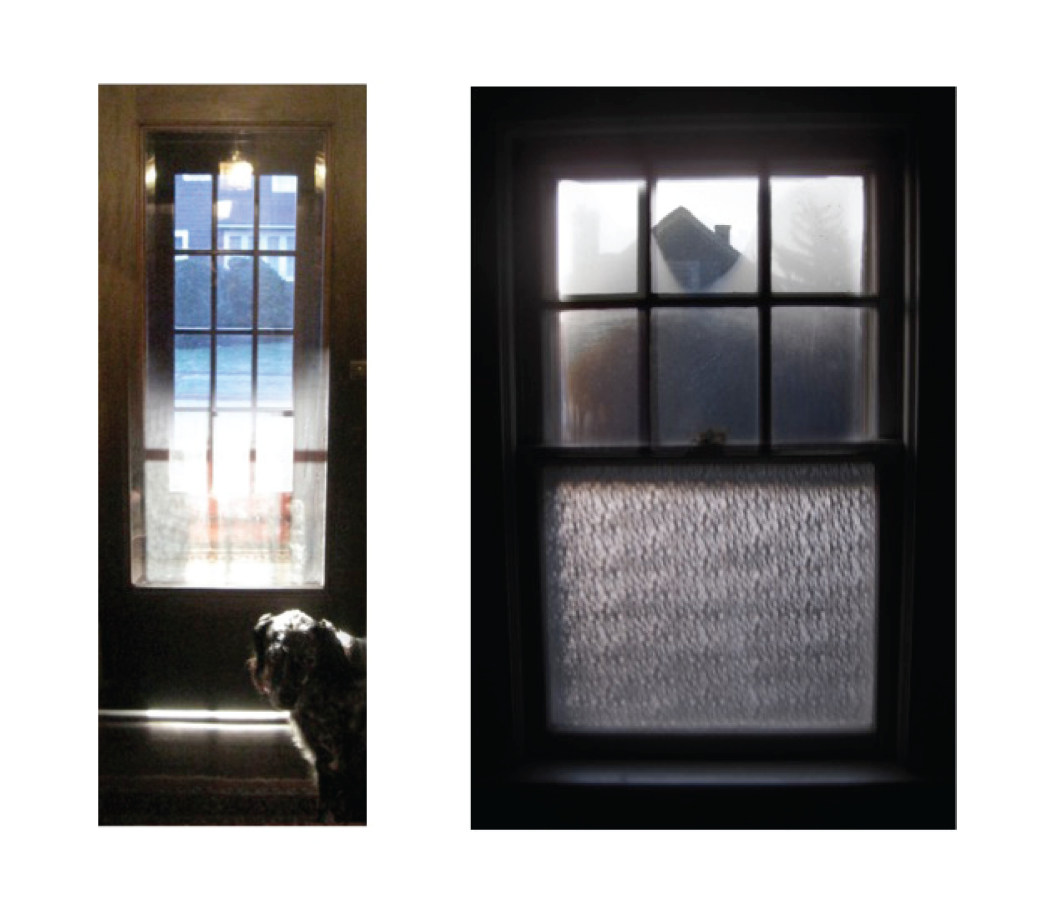
My liberal arts education has been an uphill battle because of my learning disability which makes simple tasks like spelling, memorizing, or communicating verbally extremely challenging. I chose to approach this self expressive assignment more metaphorically. The window sequence represents my brain and how it interprets, stores, and recalls information. I believe liberal arts classes have made me a more well-rounded student, while also highlighting my challenges. I often wonder when I’m studying, “What is the point?” Sometimes my brain just feels like a blank sheet of paper during tests because my anxiety takes over. My dog, Rascal inspired this thought with his sad and patient expression saying, “Mom, I’m here, pay attention to me.”
Rebecca Sadler
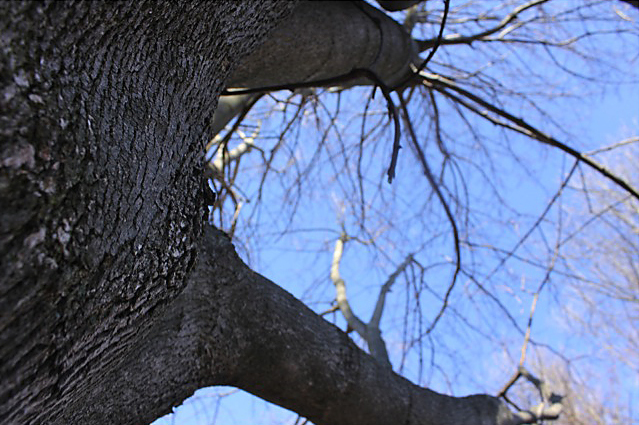
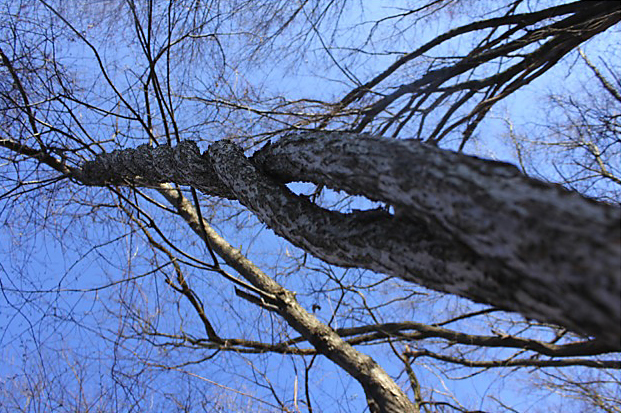
A liberal arts education is like a tree. The roots give us a solid foundation for learning, like our PI courses, which give us a basic understanding of each field. As we continue with our education, our trunk develops and we gain a better understanding. When we enter our PII classes and our major, we are able to explore more in depth the fields that we choose. The different fields we learn about are like the branches. A liberal arts degree allows us to branch off in different directions. Many of the different studies overlap as well, just like the branches of a tree do. Sometimes the branches twist together like two different fields can be completely intertwined. I think a liberal arts degree is a solid foundation to learning about culture and society. As we age and learn more, our branches and understanding grow and become sturdier.
Cayleigh Matzen
I think that this photo captures the value of a liberal arts education, because it touches on the idea that the liberal arts is capable of exploring so many perspectives. Each book offers a unique perspective which leads to thinking critically about learning. Part of what makes a liberal arts education so important is that it aides critical thinking for the student. It opens the students' minds to new ways to think and look at situations, whether they be in books, class discussions, or everyday life outside of school. The liberal arts courses offer a variety of perspectives, and that leads to new opportunities, which are incredibly valuable.
Jessica Joyce
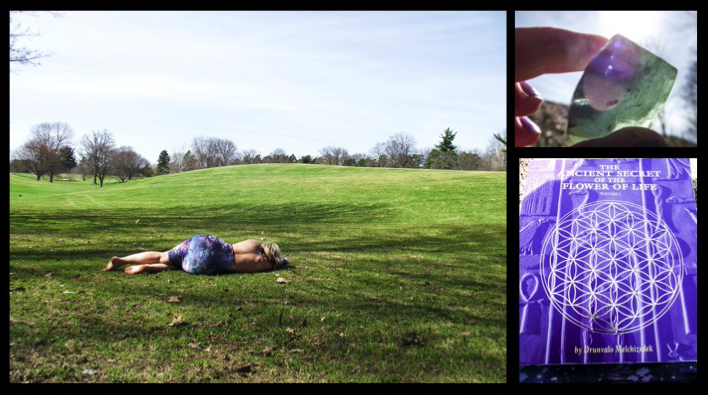
I never thought that studying geology or biology in elementary and high school would influence my spiritual beliefs, perception of the world, or artistic conceptions. However, I do find interrelations between these subjects. I’ve also been highly influenced by metaphysics, which is the branch of philosophy that deals with the first principles of things, including abstract concepts such as being, knowledge, substance, cause, identity, time and space. This is prevalent in almost all of my artwork, as well as my daily perceptions and attempts to collect data in this life time and make sense of this world in which I was born.
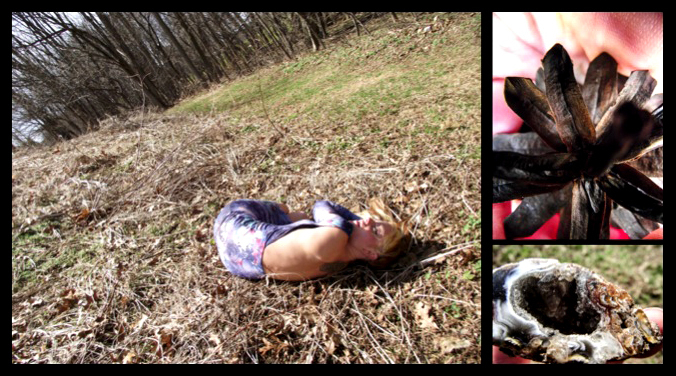
I have felt connected with nature since I was a young child. Above is a picture of me in my prime/primal element. I am only truly happy when I am connected with the earth and nature. I’m basking in the sun’s rays like a bird in its nest – I am a human being in a bed of weeds and grass. I am wearing a dress, which has a cosmic print on it to represent the cosmos. I have made connections between astrology photographs of star matter and anatomy & physiology photographs of the insides of the human body. I have found that the inside of star matter is almost identical to the inside of the human body. We are star matter.
To the top right is a photograph of a pinecone, which represents the Fibonacci sequence in nature. I was able to learn about the Fibonacci sequence in a mathematics course here at Nazareth College. The Fibonacci numbers are nature's numbering system. They appear everywhere in nature, from the leaf arrangement in plants, to the pattern of the florets of a flower, the bracts of a pinecone, or the scales of a pineapple. The Fibonacci numbers are therefore applicable to the growth of every living thing, including a single cell, a grain of wheat, a hive of bees, and even all of mankind. Every plant found in nature expresses the Fibonacci ratios and numbers. Count the pines on a pinecone or petals on a flower. They will add up to a Fibonacci number: 1, 1, 2, 3, 5, 8, 13, 21, 34, etc.
Anastasia Polashenski, Danielle Santoro, Camen Hunn & Lauren Rye
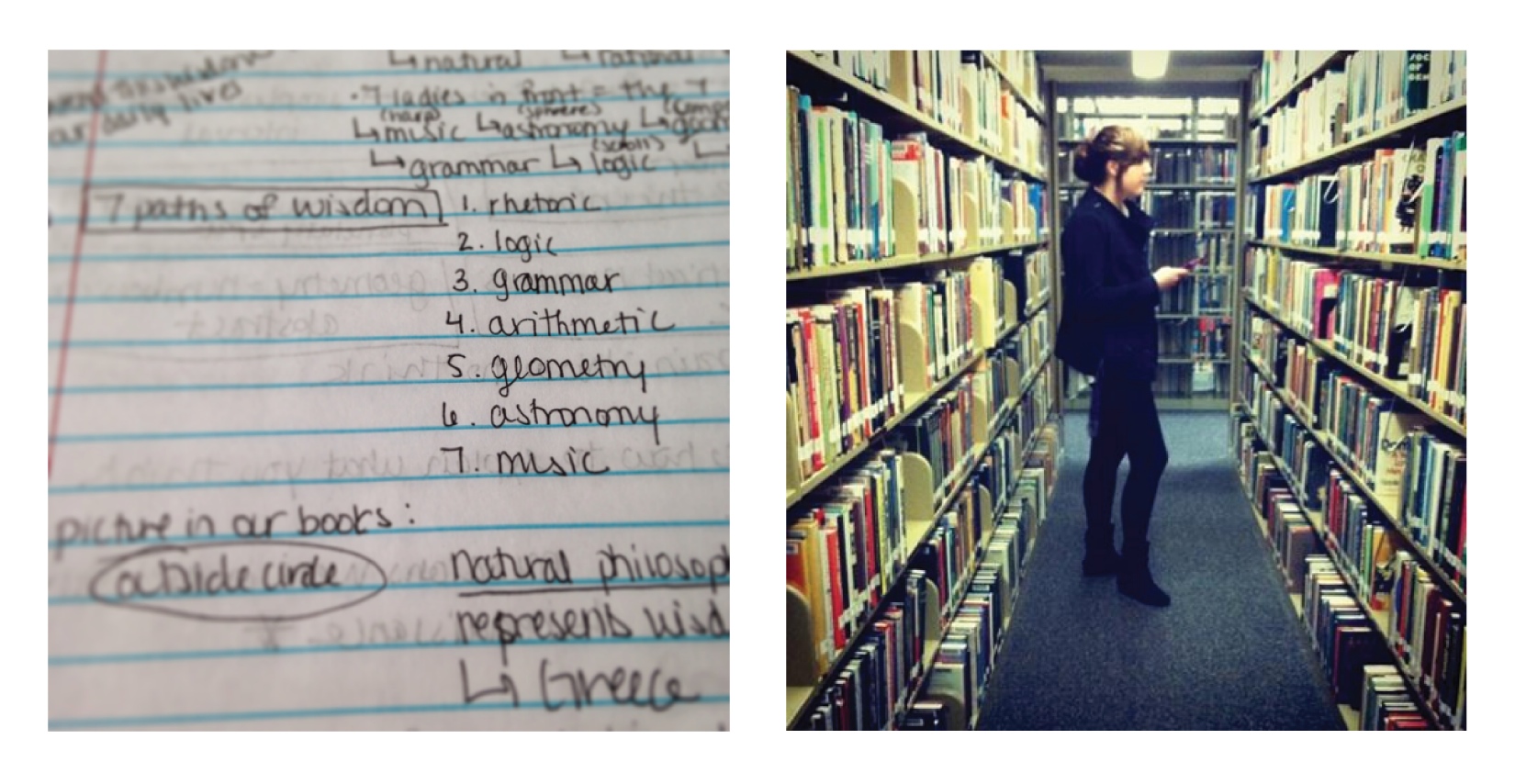
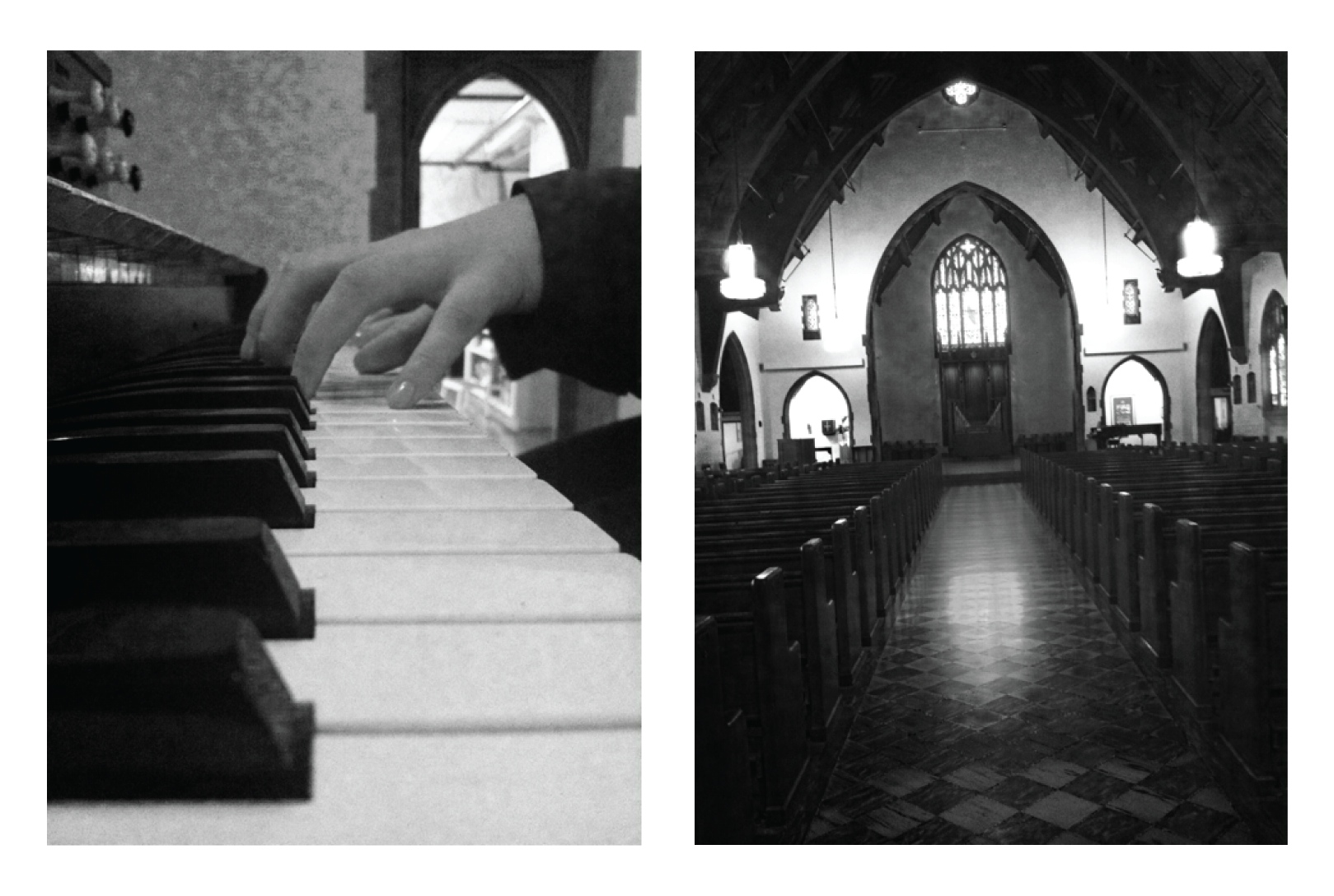
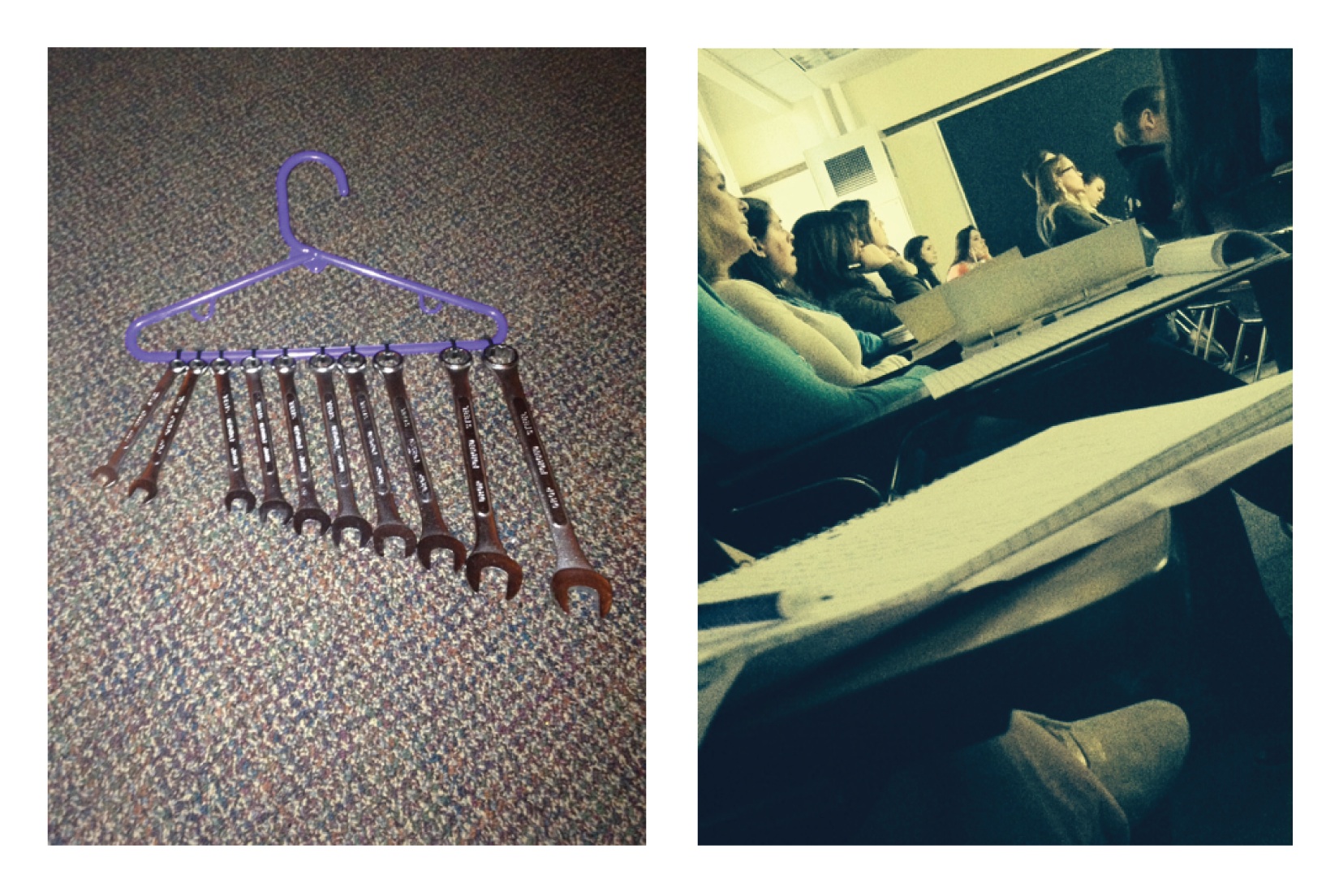
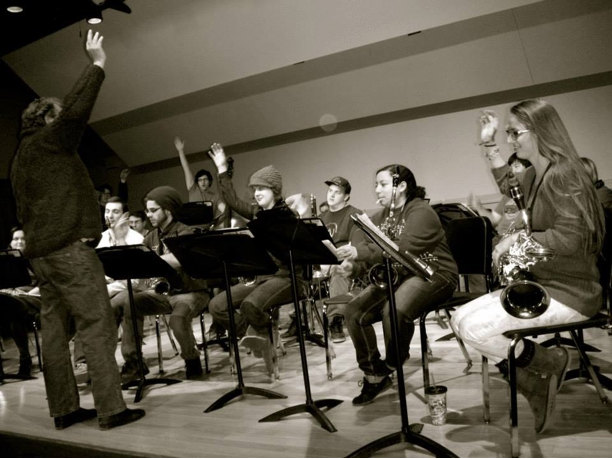
To the four of us, the liberal arts signify beauty in art. Art takes shape in a variety of things: musical instruments (homemade and traditional), mandalas, reading, vocal ensembles, jazz ensemble, sacred spaces, learning, paintings and so much more. We have found that the liberal arts awaken passion within us that we associate with beauty, whether it is aesthetically pleasing, thought provoking, or harmonious. Going to a liberal arts college allows us to partake in all the activities pictured regardless of our major and we are becoming well-rounded citizens of the world. Our photos demonstrate that there is beauty all around us; it takes many shapes and forms, and you do not have to look far to find it.
Phoebe Shelton
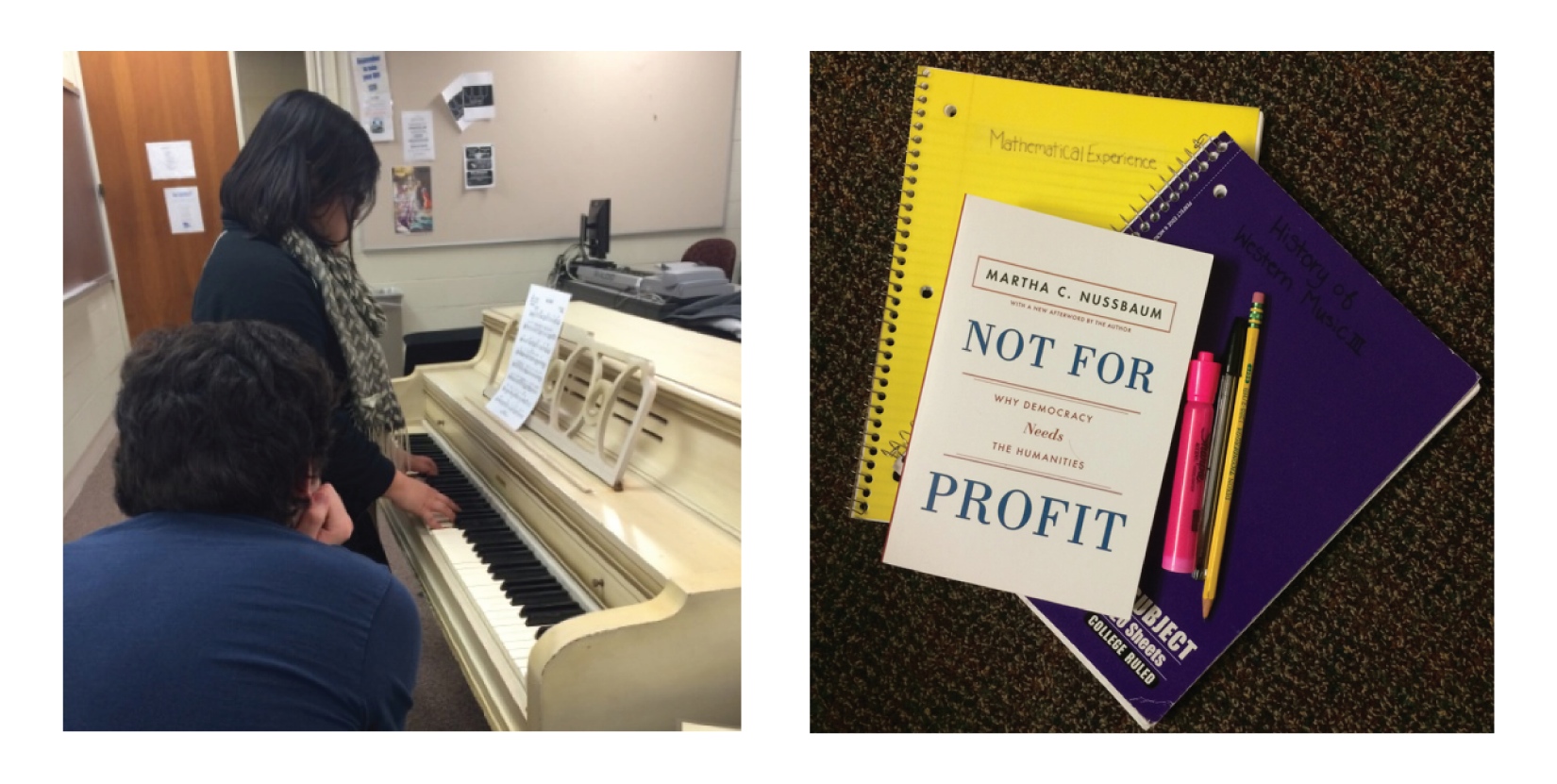
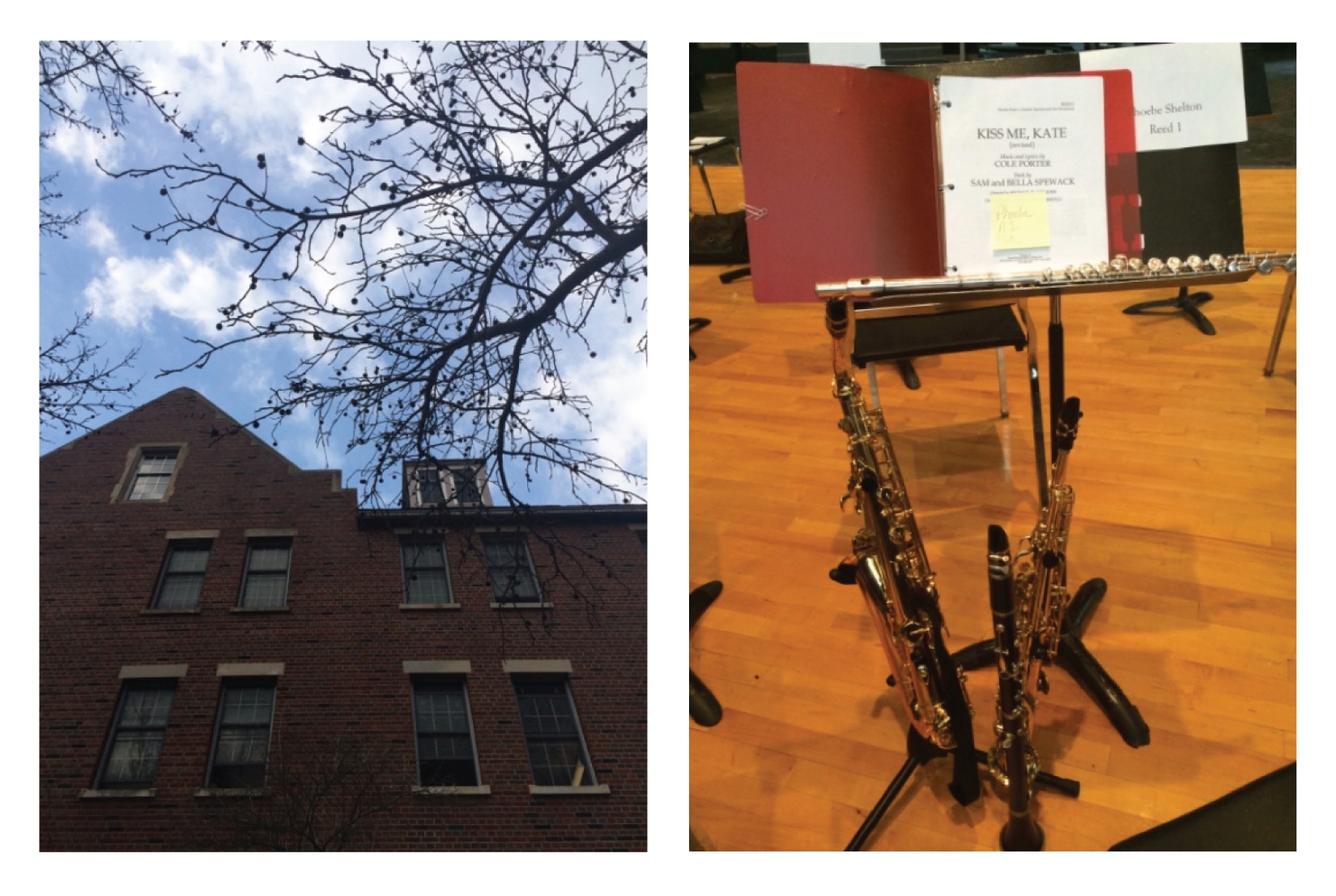
A dimension of the liberal arts that I have chosen to focus on for this project is life experiences. You cannot learn everything that you need to know to be successful in life in the traditional classroom. To be a well-rounded person, you need to look at the world around you. For example, by learning and playing music, reflecting on someone else’s artwork, or being a Resident Assistant (where you learn important aspects of being a leader). What you get from these experiences is invaluable.
Romina Concha




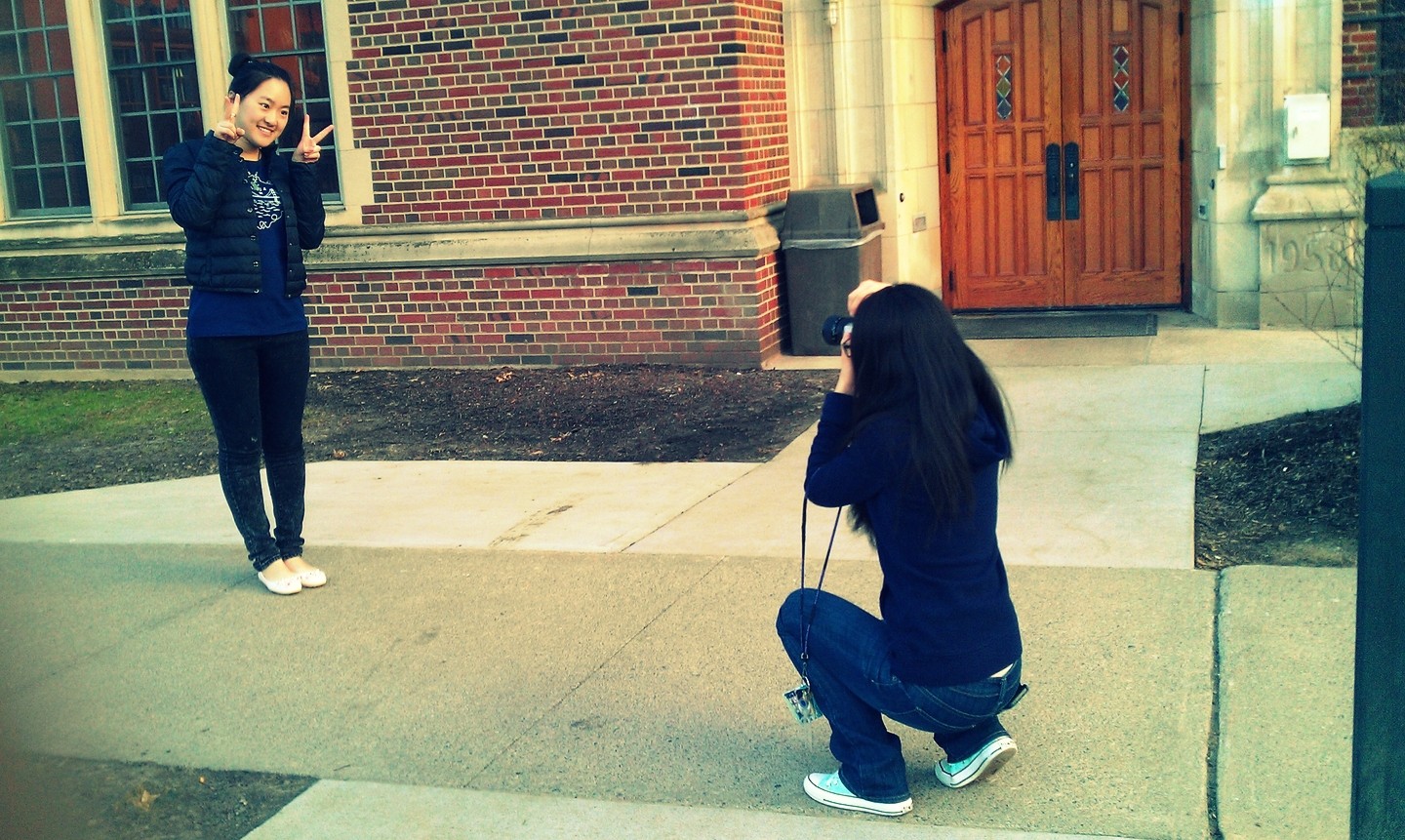
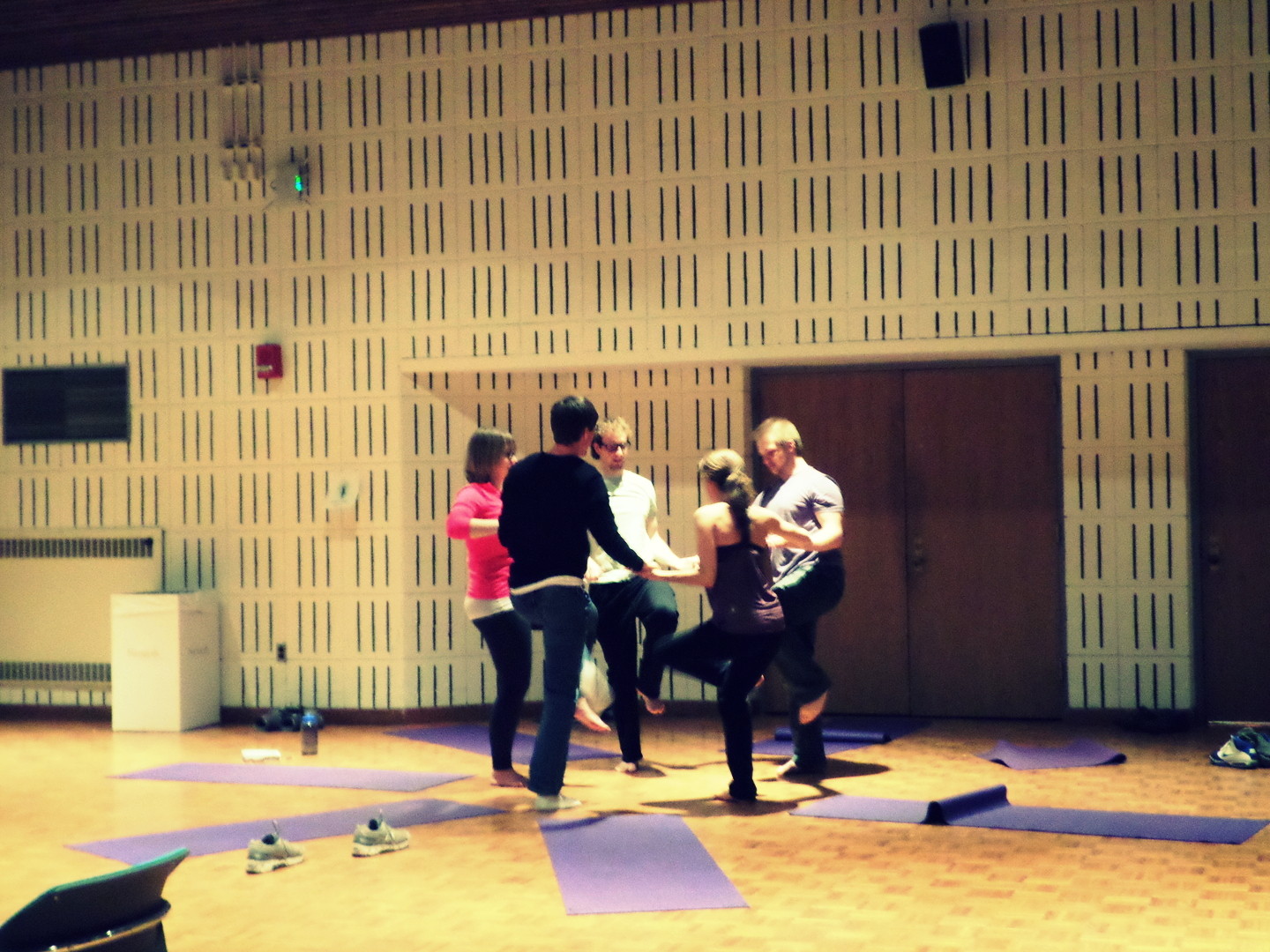
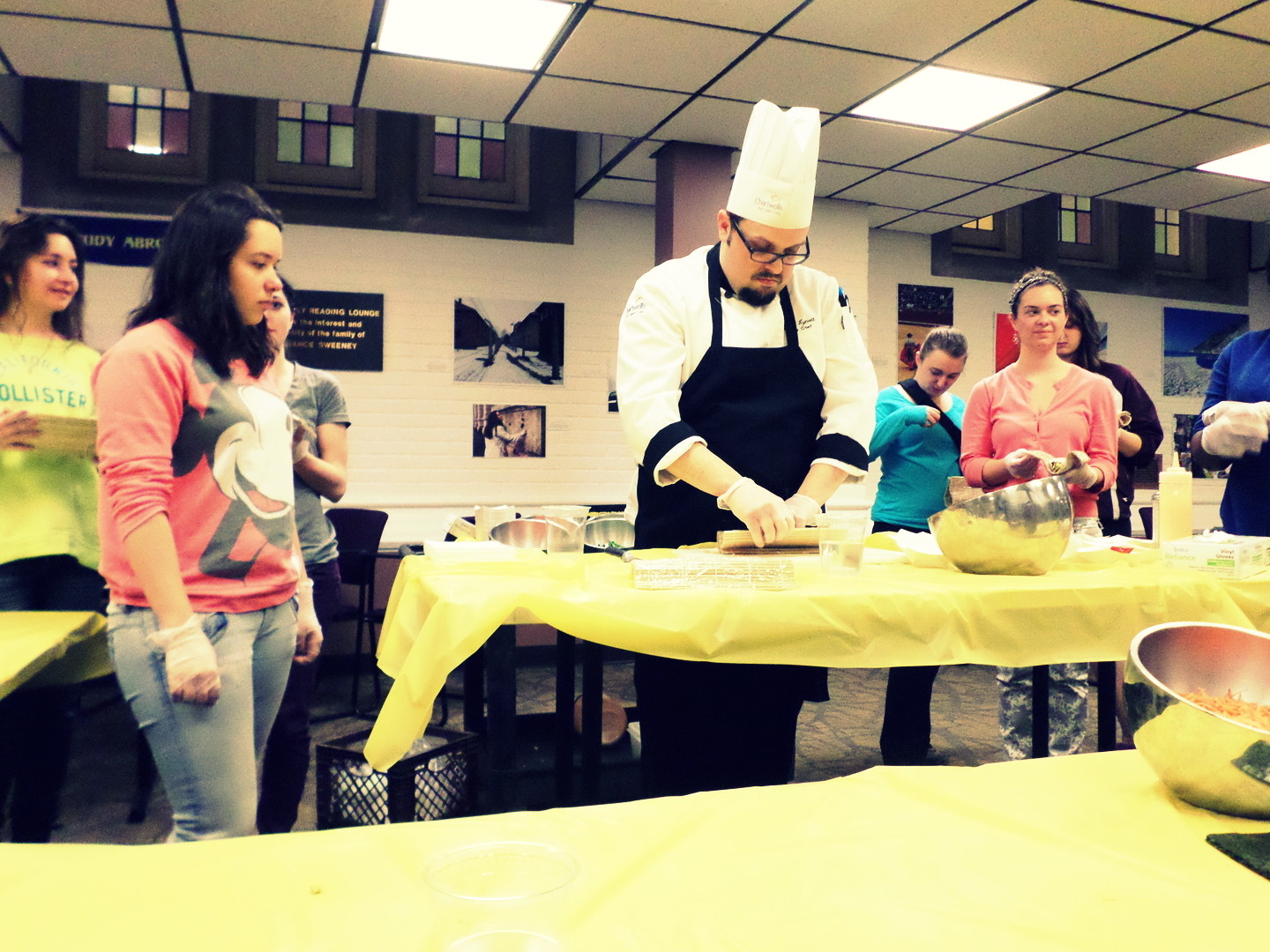
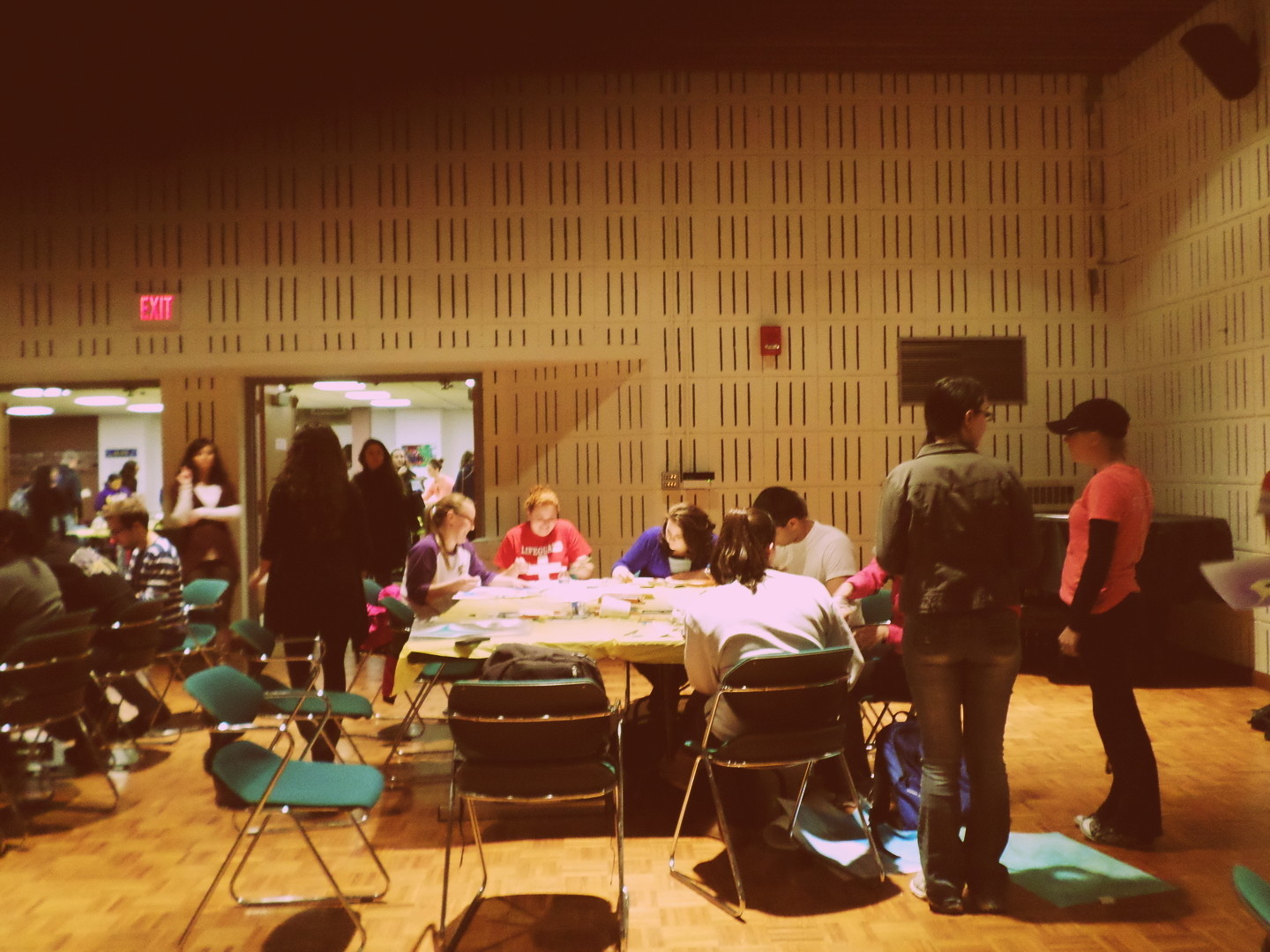
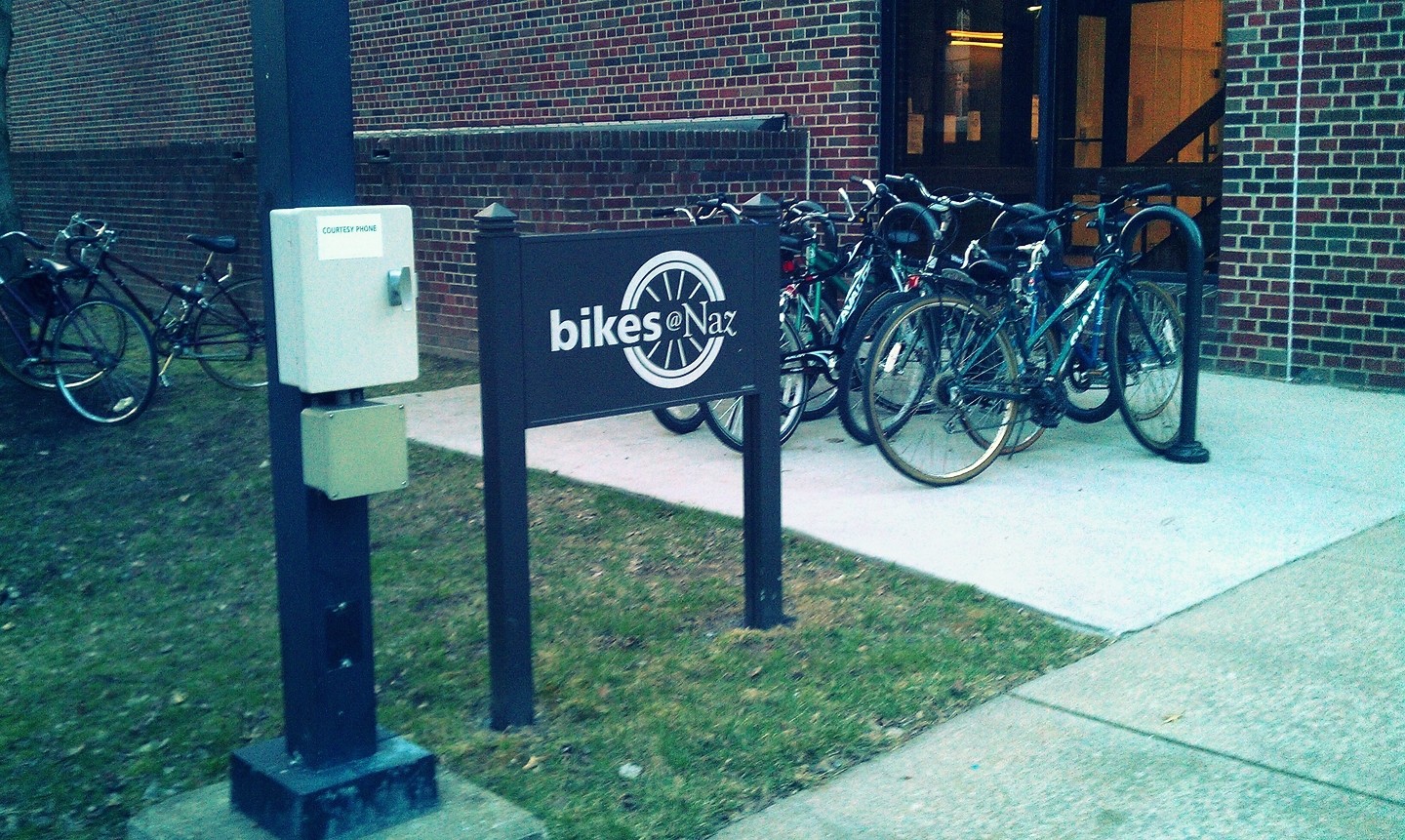
Nazareth College is a place where we can merge with a variety of people from different parts of the world. I think that a liberal arts education represents a sense of learning from others. My photos show a sense of engagement, discovery, creativity, and shared experiences. It is very important that students can share their emotions through writing on the wall, or creating great sculptures.
Ashtin Argentieri & John McCarty
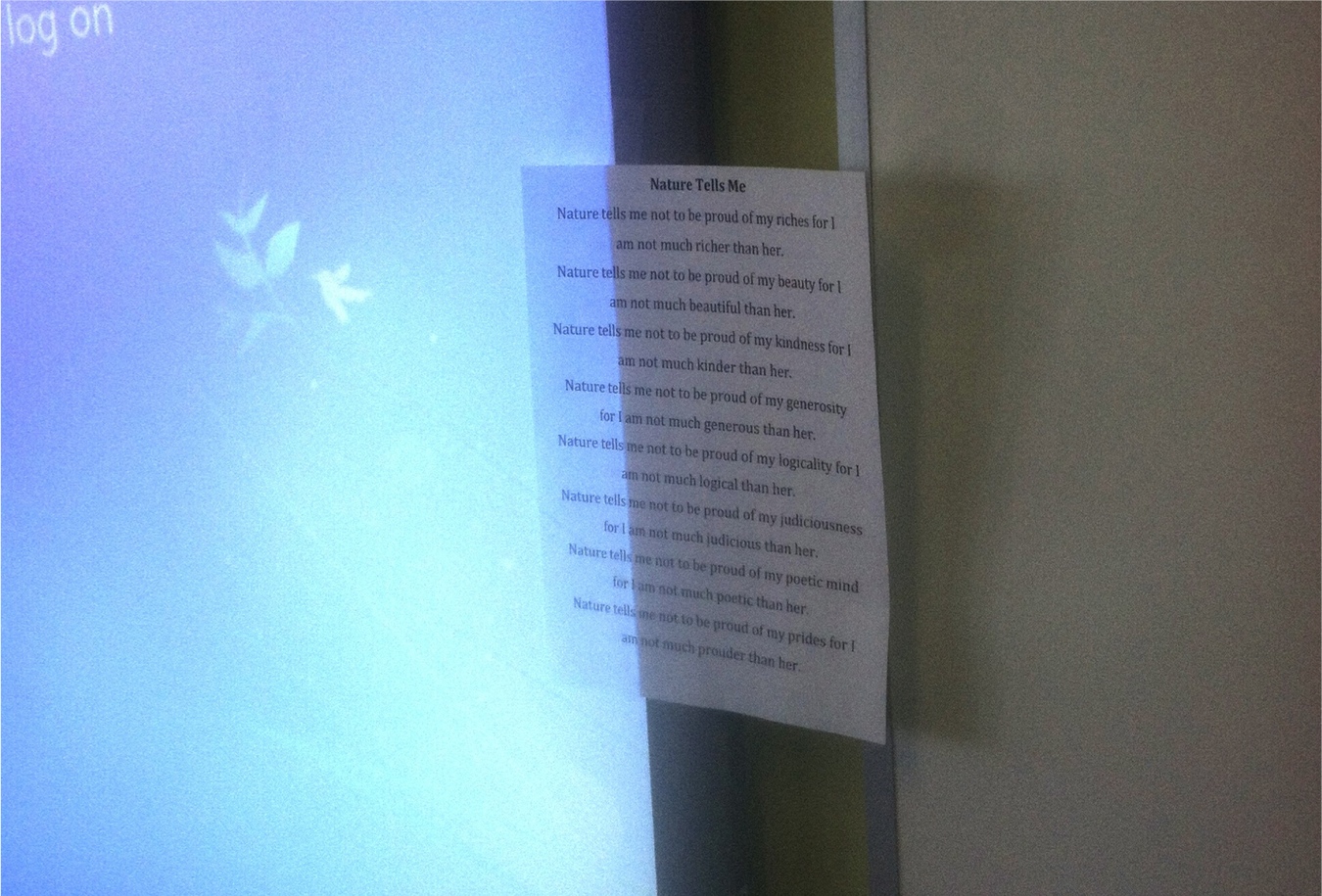
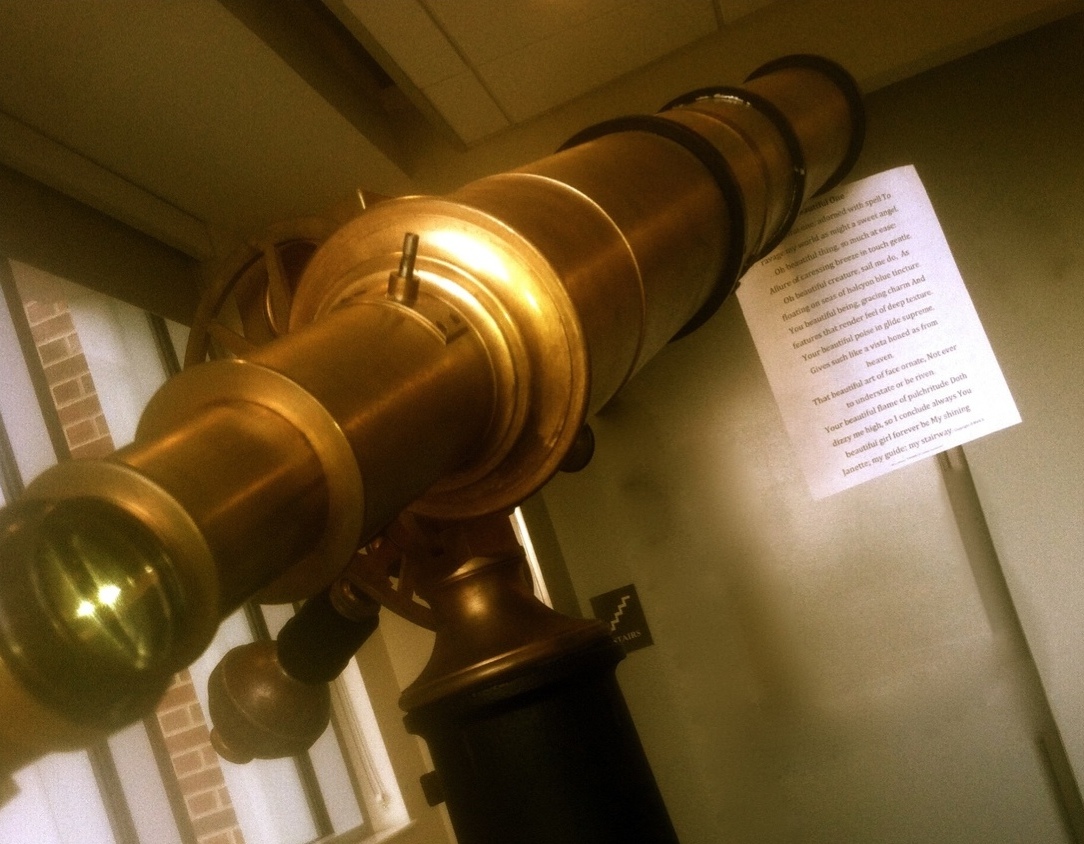
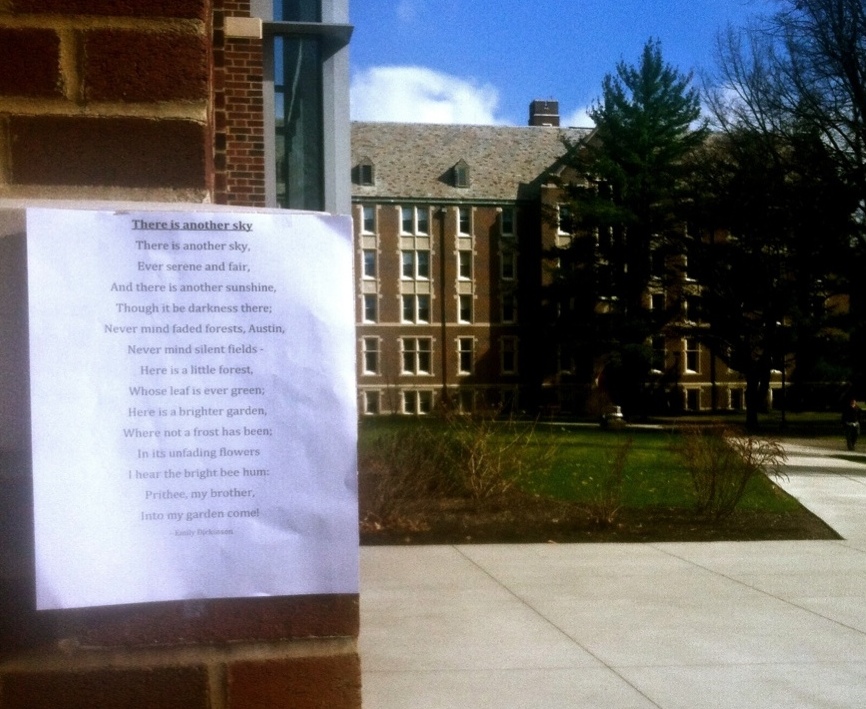
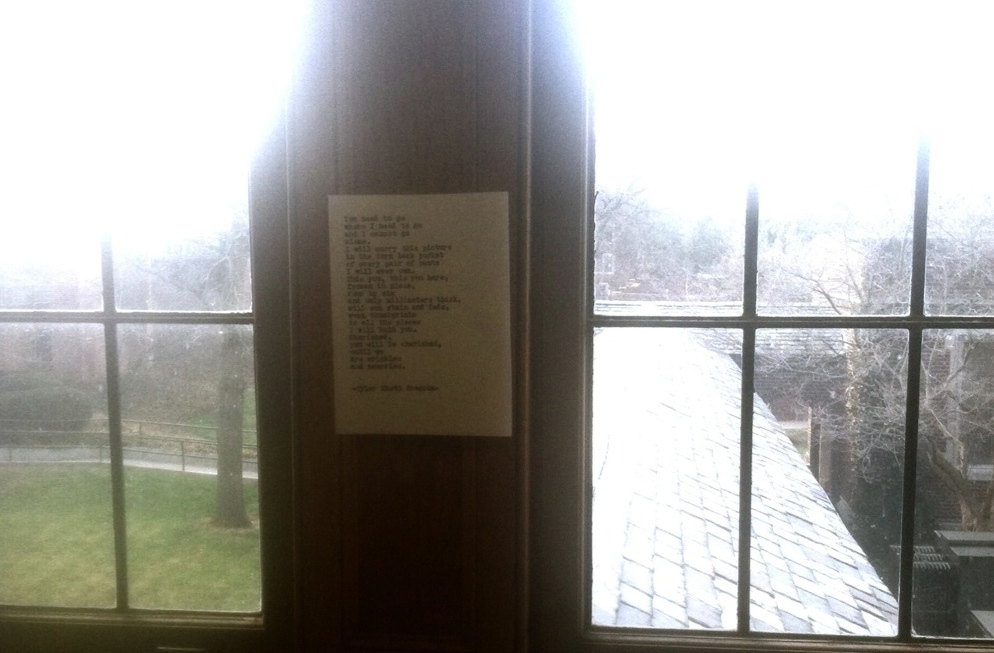
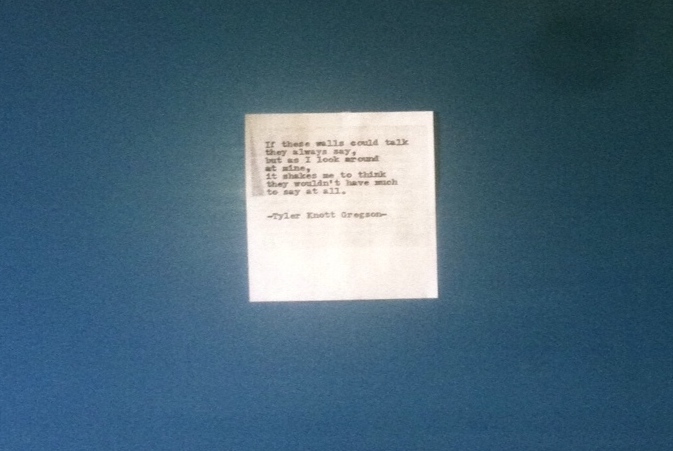
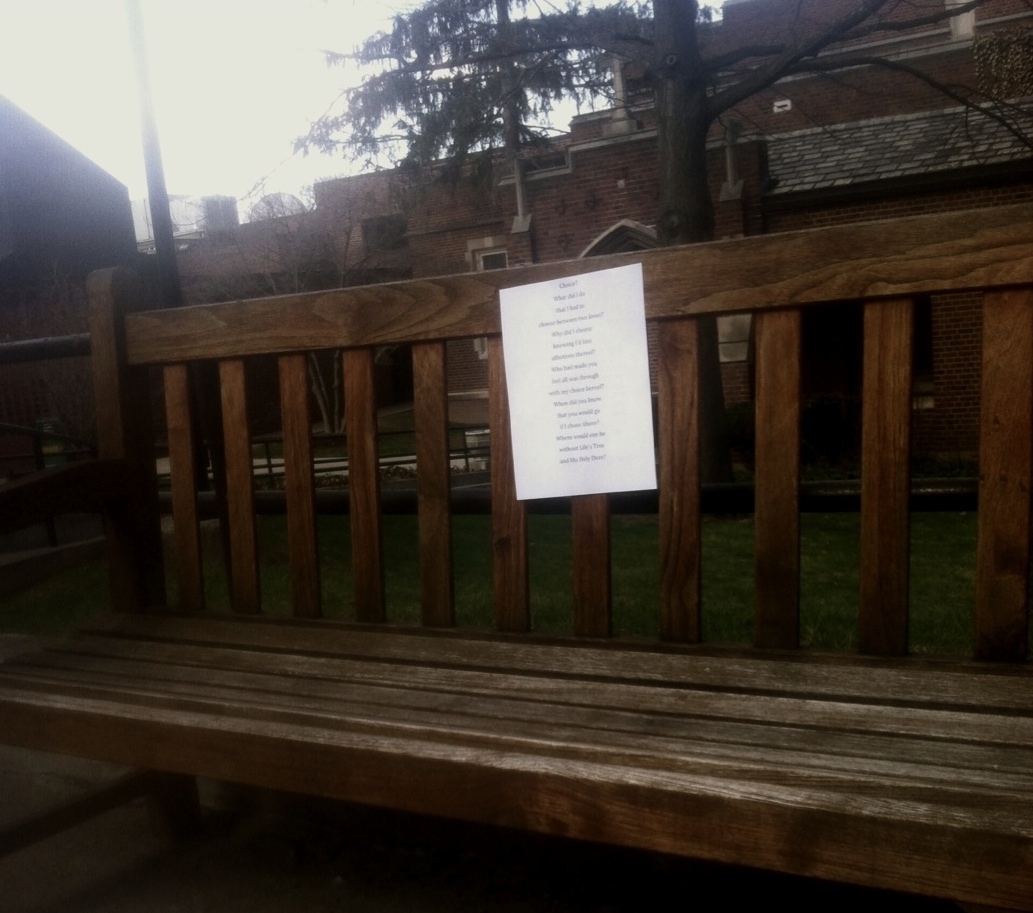

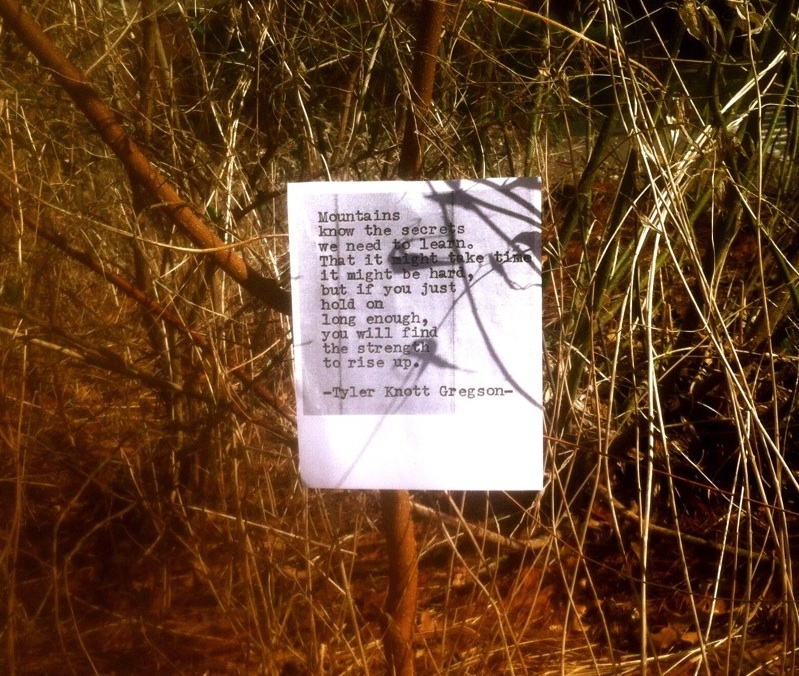
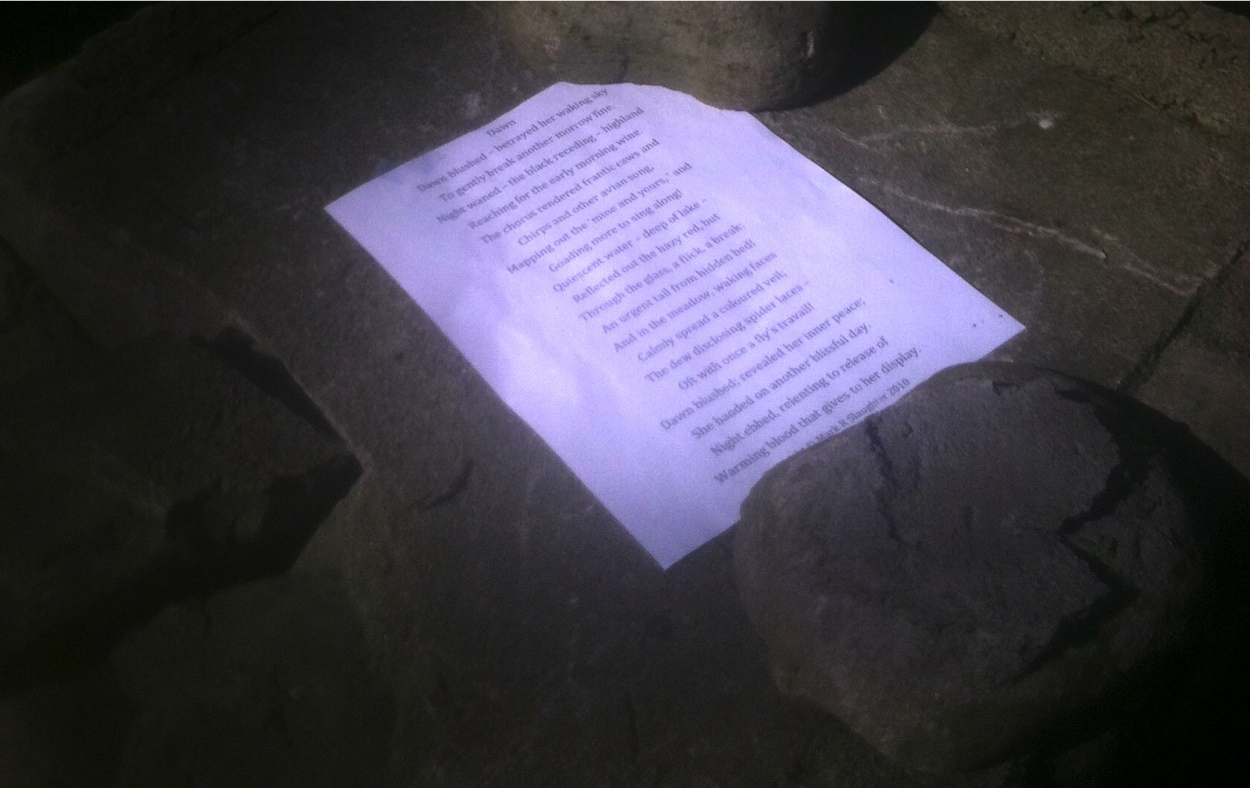
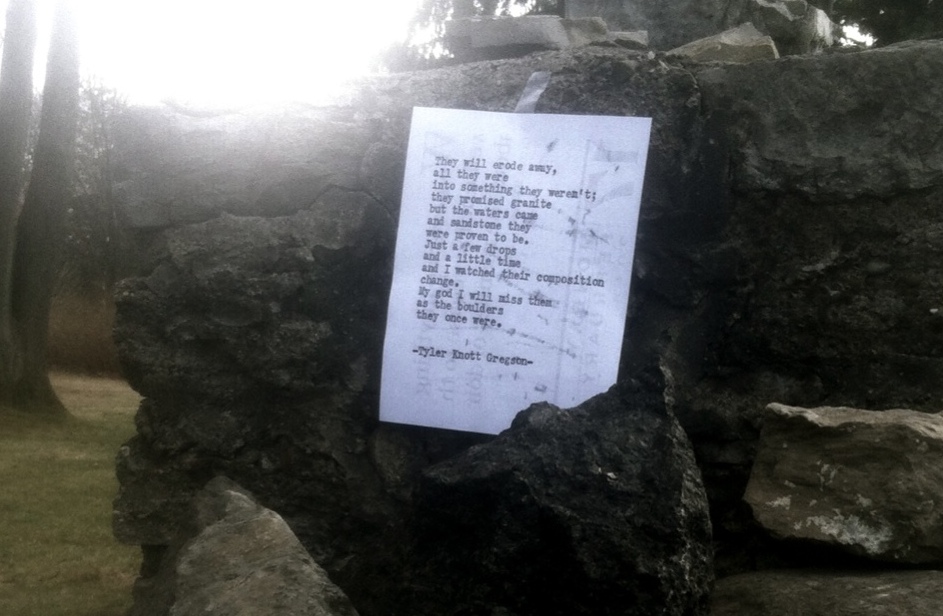
These pictures were sequentially placed in order to show a transition of deterioration. They start with pictures in “nicer” places on campus representing people being wholesome and having compassion due to the liberal arts. Photos 4 and 5 are meant to show a loss of such qualities. All of the photos that follow show loneliness/selfishness, our attempts to try to “reconstruct ourselves,” our compassion slowly dying, and lastly the overall destruction and loss of foundation. The poems chosen for the pictures were decided under much consideration and we felt as though they helped explain the mood of each photo and the stages of the transitions.
Hannah Barrett


A liberal arts education includes many different subject matters that encompass you as a whole after experiencing each of them. I believe this aspect of education is important because it allows you to become a well-rounded person in the sense that you are more knowledgeable about different areas of study rather than just being focused on your own. In being exposed to these different specialties, more appreciation and understanding is gained. I am thankful for that fact that I am exposed to many different areas of study because these subjects often overlap, allowing for greater understanding and appreciation as a whole. Dabbling in different areas of study also allows for better advancement in a career and better communication skills because you are more knowledgeable in a wider variety of subjects.
Justin McKeever

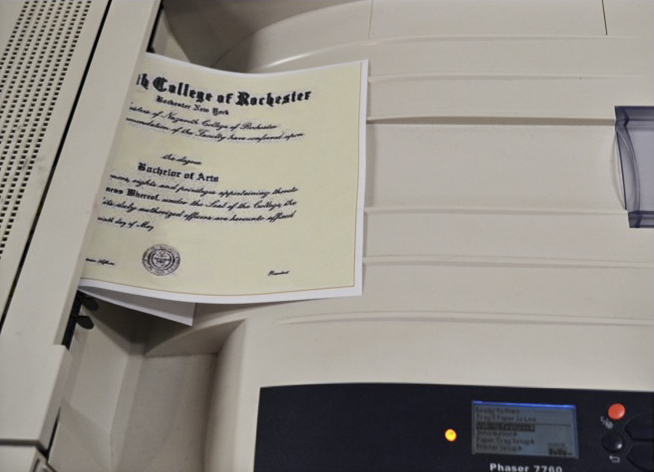
I interpreted this assignment in two ways. The first photo I took is of two pennies. Not to say that I feel my education is only worth two pennies, but to play off the expression of giving one’s “two cents.” Receiving a liberal arts education to me means being able to confidently throw your two cents into any conversation, no matter the topic. Liberal arts schools allow you to study such a diverse range of subject matter that it is easy to feel connected and involved in many different areas of study, even if they are not your major.
The second photo is of a printer, producing a Nazareth diploma. This photo represents the value of a college degree itself in today’s society. Since higher education is becoming more attainable, simple rules of supply and demand dictate that the value of such a degree is decreasing. This is all the more reason that a liberal arts education is important. A degree at any old college can only get you so far. But what you learn at a liberal arts school will benefit you far more in life, even when that $100,000 piece of paper seems to get you nowhere.
Jesse Nicolay
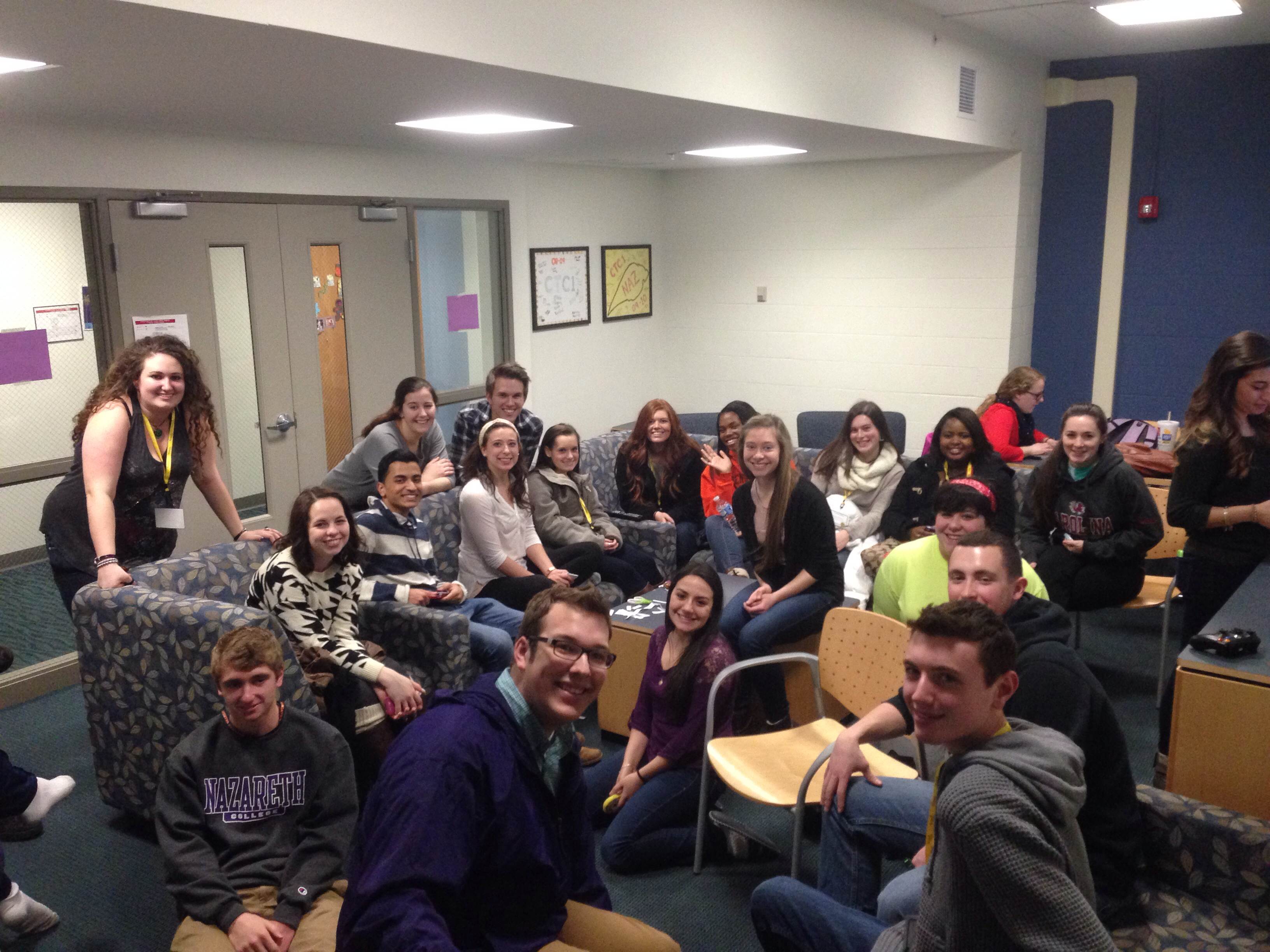
My experience at Nazareth College has made it clear that the value of a liberal arts education extends beyond the classroom. Of course, I have strengthened my quantitative analysis skills and expanded my knowledge of American history through my classroom experiences during my three years here. However, my growth as an individual has also occurred due to Nazareth College’s liberal arts structure, which promotes experiential learning through activities outside of the classroom.
The faculty and staff at Nazareth College have encouraged me to succeed in my endeavors to enrich my general progression of growth, specifically through my experience as a Resident Assistant. This leadership role has taught me how to be an effective leader as well as countless skills that I have incorporated into my current coursework. I would not be as strong of a student as I am without the emphasis on individual growth through experiential learning that is promoted by the liberal arts education at Nazareth College.
This photo displays the results of my developing leadership skills: these are my freshmen residents and prospective Nazareth College students at a floor program that I initiated during Experience Naz Day. Moments like this, when I can contribute to building community at Nazareth College, remind me that the value of a liberal arts education can be found both in the classroom and the campus community.
Meghan Denny
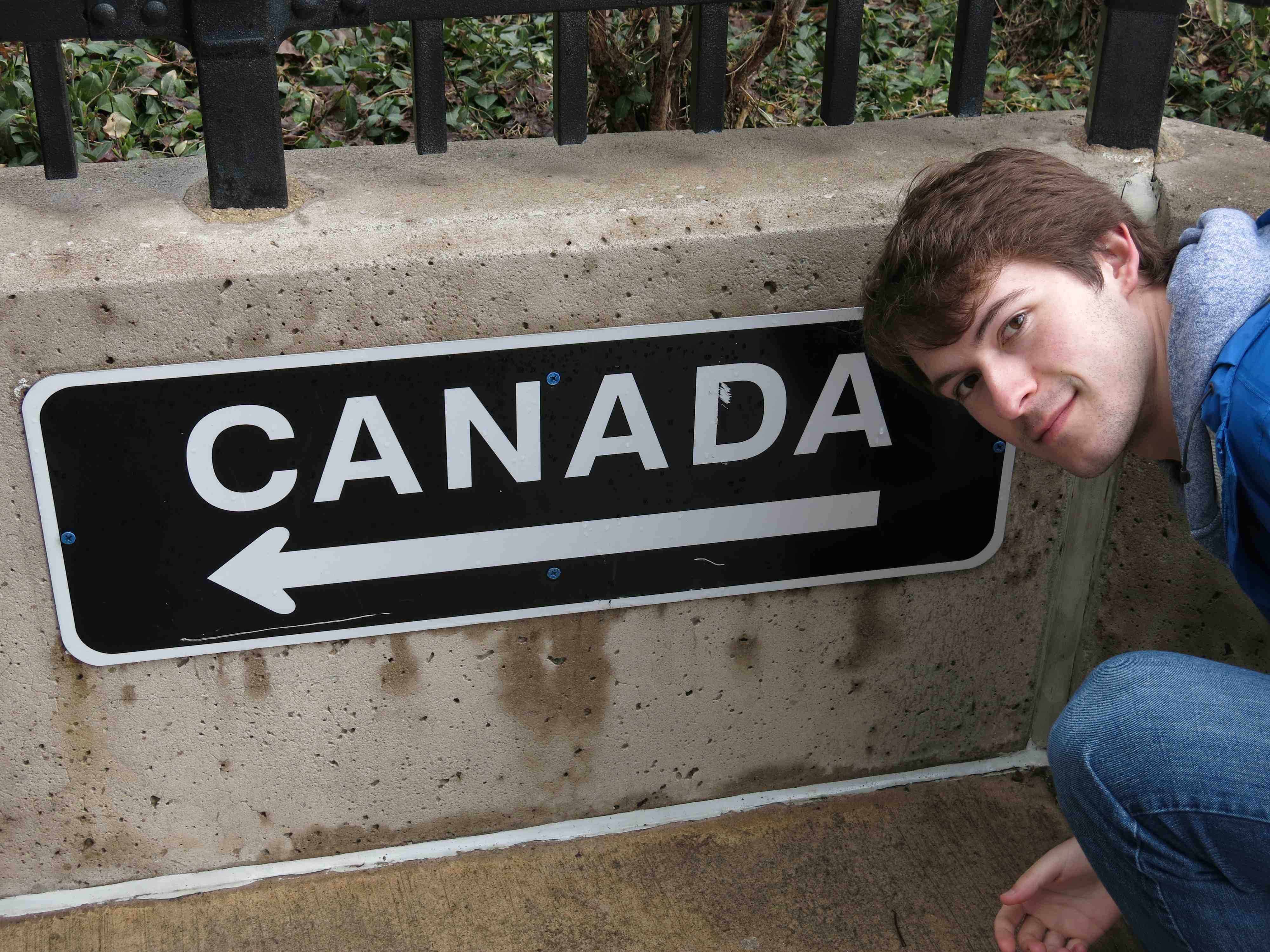
A liberal arts education is valuable to have simply because it exposes you to several parts of the world that you would not normally be exposed to. Every part of the world is different in its own way, and a liberal arts education can show you those different parts. With a liberal arts education, you can learn so much about the world and experience it with open eyes, knowing things that you would never have been exposed to within your own context or your own hometown.
The reason I picked this image is because it was my first time crossing the border from the United States to Canada. To me this symbolizes not only a new time in my life, where I am experiencing a different culture than that known to Rochester denizens, but I am also exposing myself to the historical part of Niagara Falls and taking in a culture that I would not get to know personally without some sort of liberal arts education. I think that liberal arts education does more than teach us specific details about different cultures. It also encourages us to personally experience these cultures, and not to just sit behind a desk or behind a textbook and read about it.
The other reason that I picked this picture is that my friend from Washington State is in it, and he has introduced me to a whole other type of lifestyle that I have learned to respect. I have learned about his upbringing and the type of life that he has had out west. I think a liberal arts education is valuable because not only are you exposed to the different cultures around the world, but you can go and experience them and integrate them into the person that you are and into your own experiences.
Maegwin Struble-Albrecht
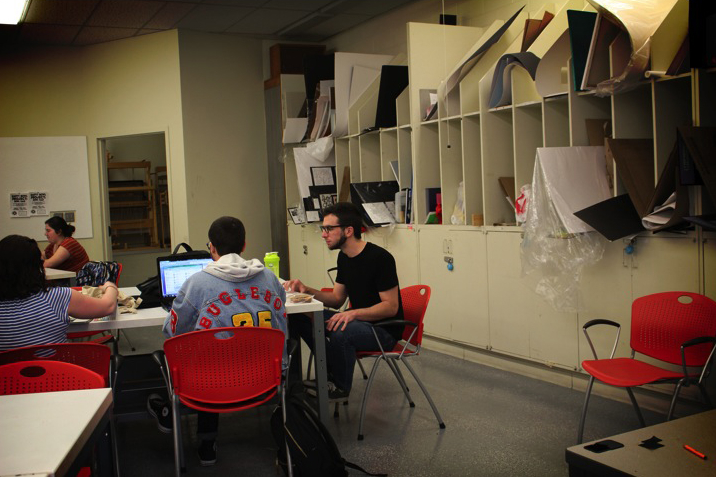

I took these photographs for two reasons. The first one means that sometimes it’s fun to just sit with your friends and enjoy your time together even though you have a zillion assignments to complete before the end of the week. The second reason is for art majors and an understanding that you might be in the lab working on a project until you need night vision goggles.
Angela
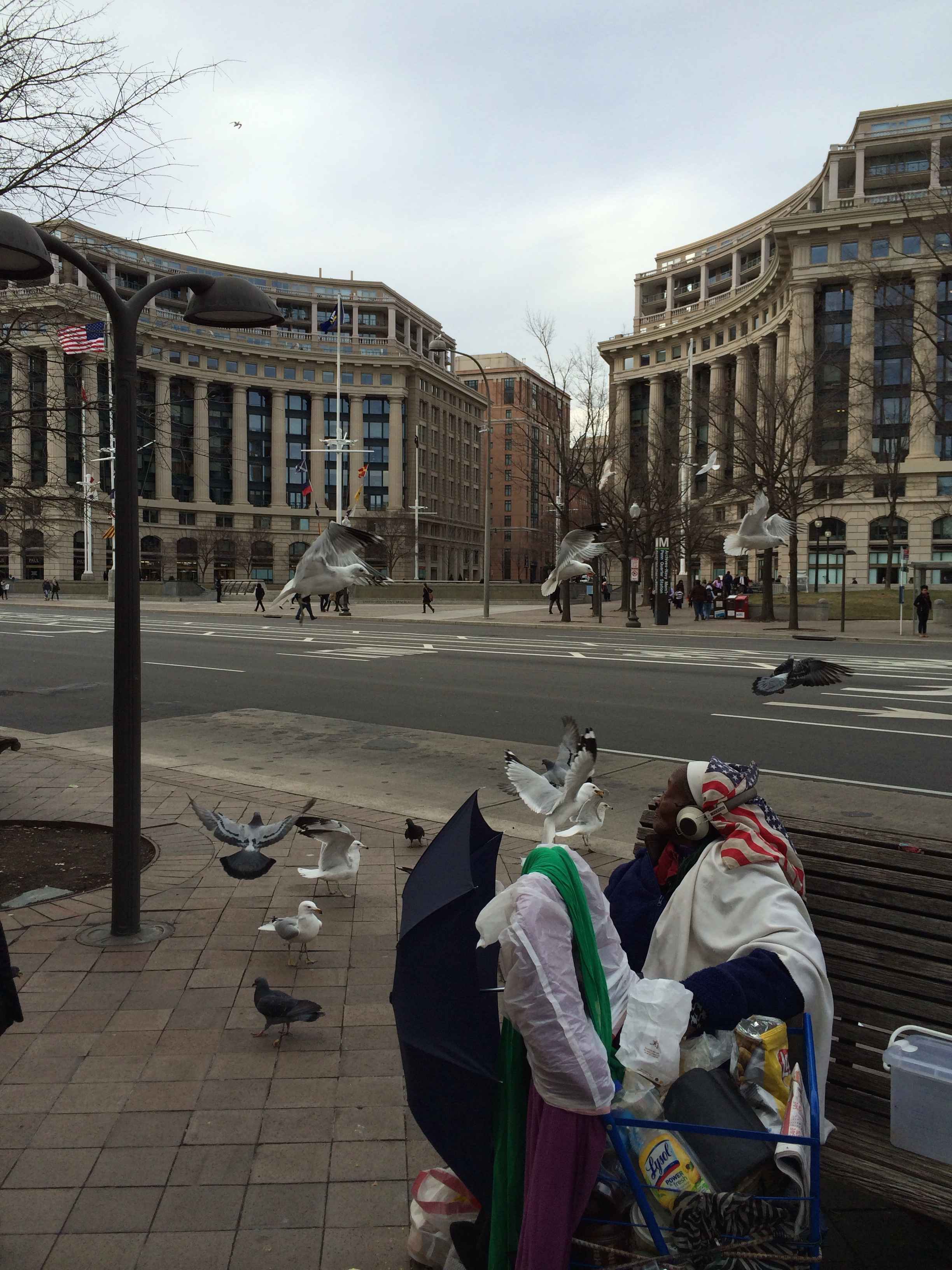
This photograph was taken in Washington, D.C. during spring break. On the way to Capitol Hill I encountered this old woman. Even though she appeared to be in poor condition, she was the only one who seemed to care about the birds on the road as she held these seeds to feed them. Though it was very cold out, this scene lit warmth in my heart on that frozen day.
Amber Weeks
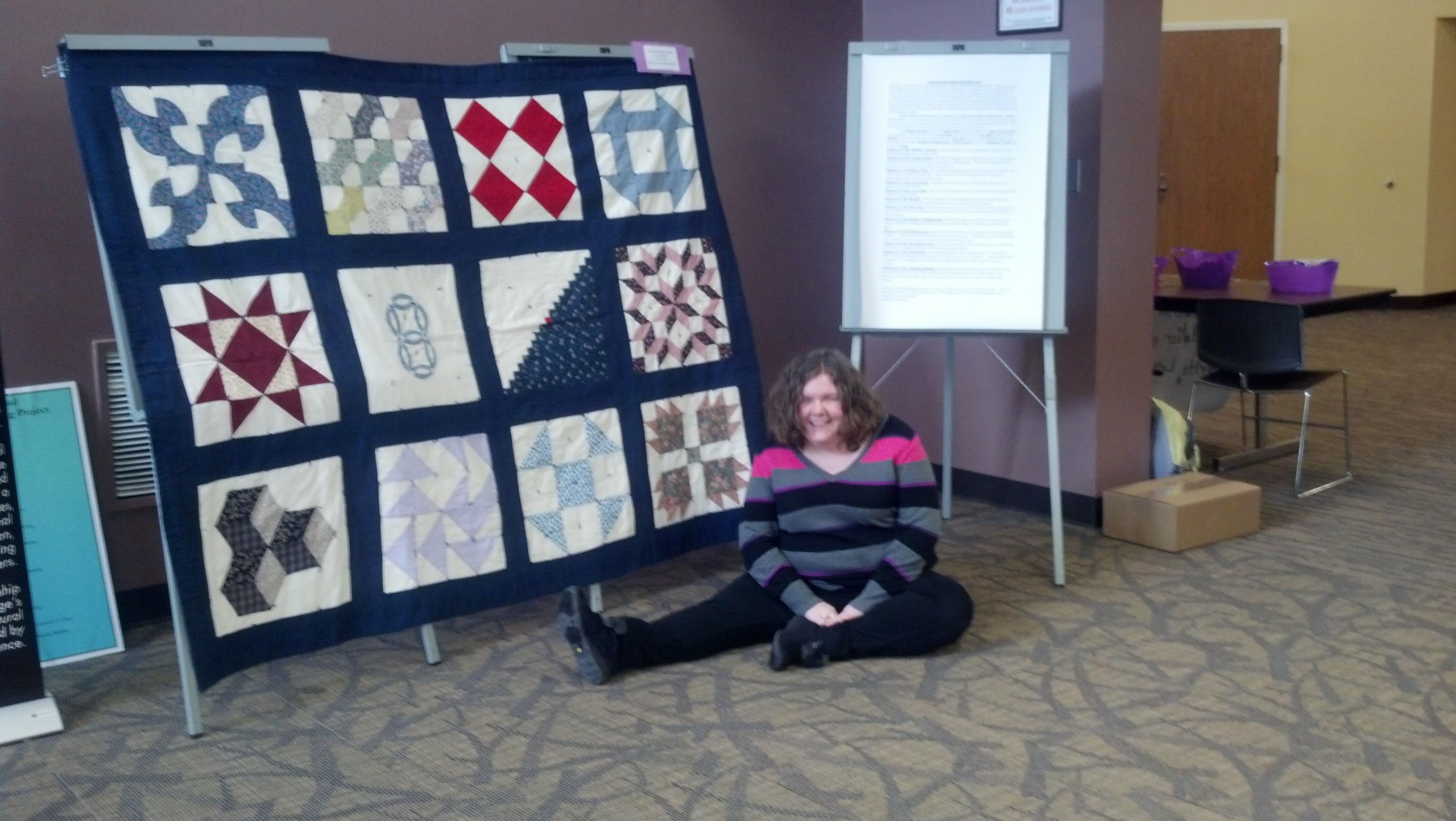
This is a photo of me with my quilt that was on display at Nazareth College for Black History Month. The quilt I made is based on the Underground Railroad Quilt Codes, an oral history passed down through generations. This exemplifies a liberal arts education to me because it involves creative arts, history, and story telling all in one piece. It engages students, historians, teachers, as well as a general audience about a piece of our history in a different way.
Hayley Johnson

A liberal arts education produces learners who seek to understand cultural variation and who always ask questions. The world is constantly changing and there is no way that everyone will be in complete synergy at one point and time. There is, however, no reason why we should not awaken our minds and do away with prejudices. Our liberal arts core here at Nazareth emphasizes the importance of both communication skills and becoming more worldly. Students who can explain their thoughts and questions while respecting different traditions will succeed. Finding a balance between acceptance and curiosity is something I am grateful to have learned (and continue to learn) through a rigorous liberal arts education.
Alyssa Baleno

This is a picture of me captured by a fellow classmate when we went on a field trip to Mendon Ponds to feed the chickadees. It reminds me of a special day I had while attending college and how taking a nature writing class impacted my education. The photo symbolizes how something as simple as going to a park to feed birds can be a life changing experience. Our class got to walk away with hands on experience in what it was like to feed these birds and then we wrote about our experiences. I feel that a liberal arts degree gives you the ability to branch out into any field that you want. In the background there are several trees, which represent students. With a background in liberal arts they are able to choose a specific field, and still have basic knowledge from taking liberal arts courses. Nature writing is one of the classes that gives you the basic knowledge to help that tree grow.
Meghan Plate
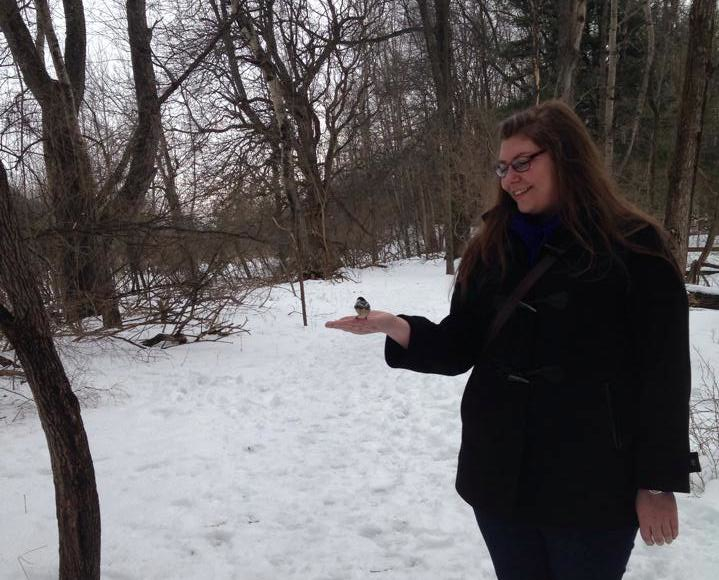
In February of 2014, my American Nature Writers class ventured into the wild and got to feed chickadees at Mendon Ponds. A classmate snapped this photo of me at the perfect time; a chickadee had just landed on my hand to take some sunflower seeds. After our exciting hands-on experience, we wrote a paper about our time in the woods. In a school that only focuses on the technical aspects of learning, there would likely be few opportunities for field trips to enhance the learning experience. At a school like Nazareth, however, with its focus on the liberal arts there are countless interactions with course material in creative and fun ways. By having the interaction with the chickadees, I felt more connected to the course, as well as my class. Although the value of a liberal arts education cannot truly be captured by one photo, this one expresses the freedom, passion, and excitement for learning that only a liberal arts education can instill.
Sophie DeCastro

I have learned the importance and value of a liberal arts education from the classes I have taken at Nazareth College. Among the many things it has taught me, one is the way I interact with the world. This semester I took an American Nature Writers course, and for class one day we went to Mendon Ponds to feed the birds. To me it was an amazing and insightful experience to have the opportunity to feed the birds and allow them to perch on my hands and take the seeds. I realized that the connection I could share with the birds is something that I can also share with humans. If I use my liberal arts education I will become capable of connecting with many other people, thus giving myself the chance to continue learning and opening many new possibilities for myself. The liberal arts gives students so many options in life; from learning experiences, connecting with various people and a better outlook on life.
Alice Couderc
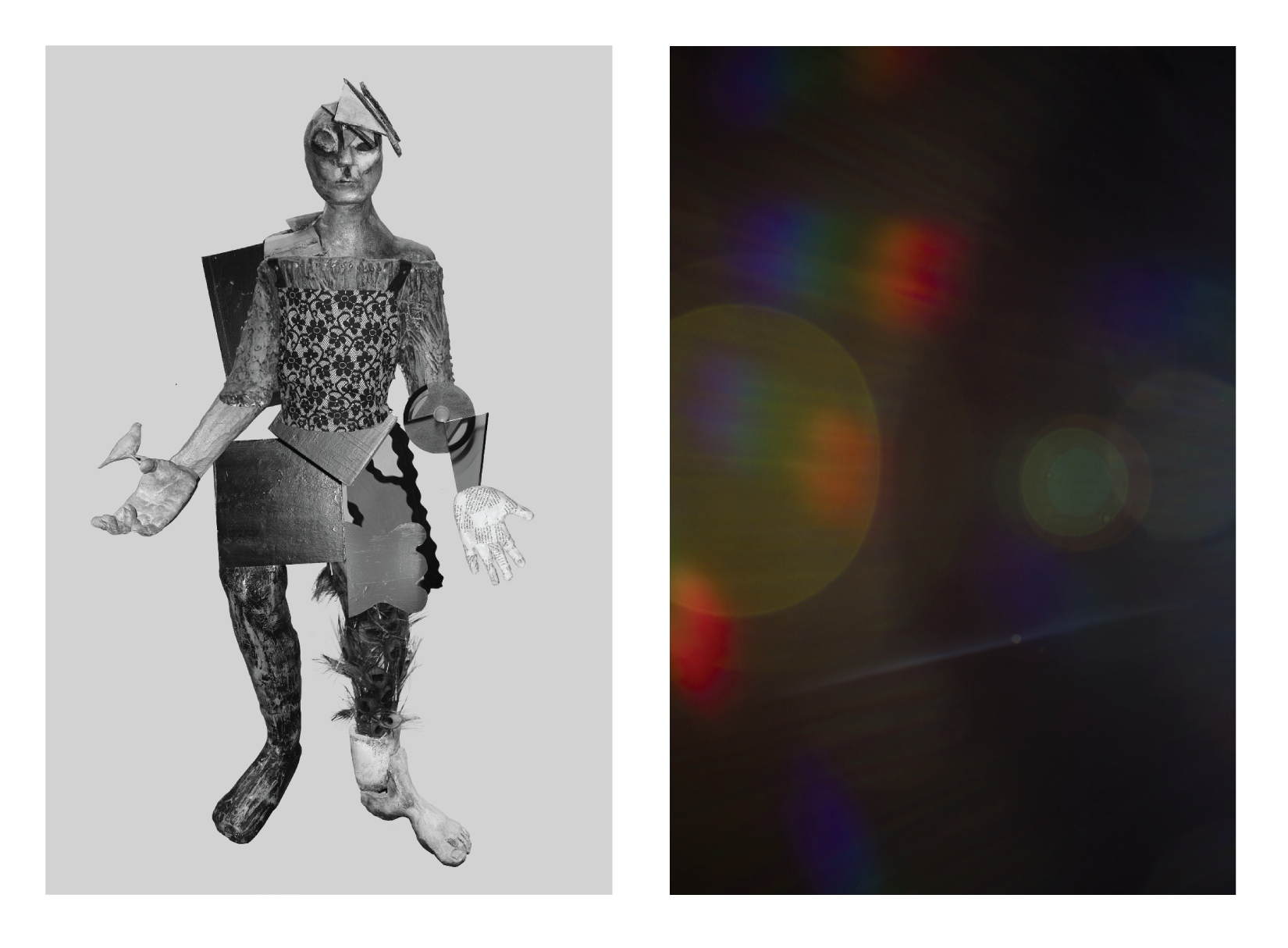
Mariett Guilbert

Suzanne Vandivert
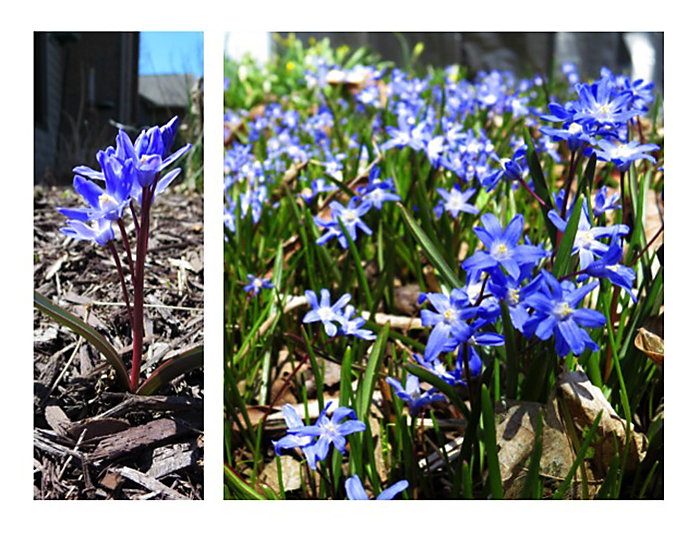
Victoria VerSchneider
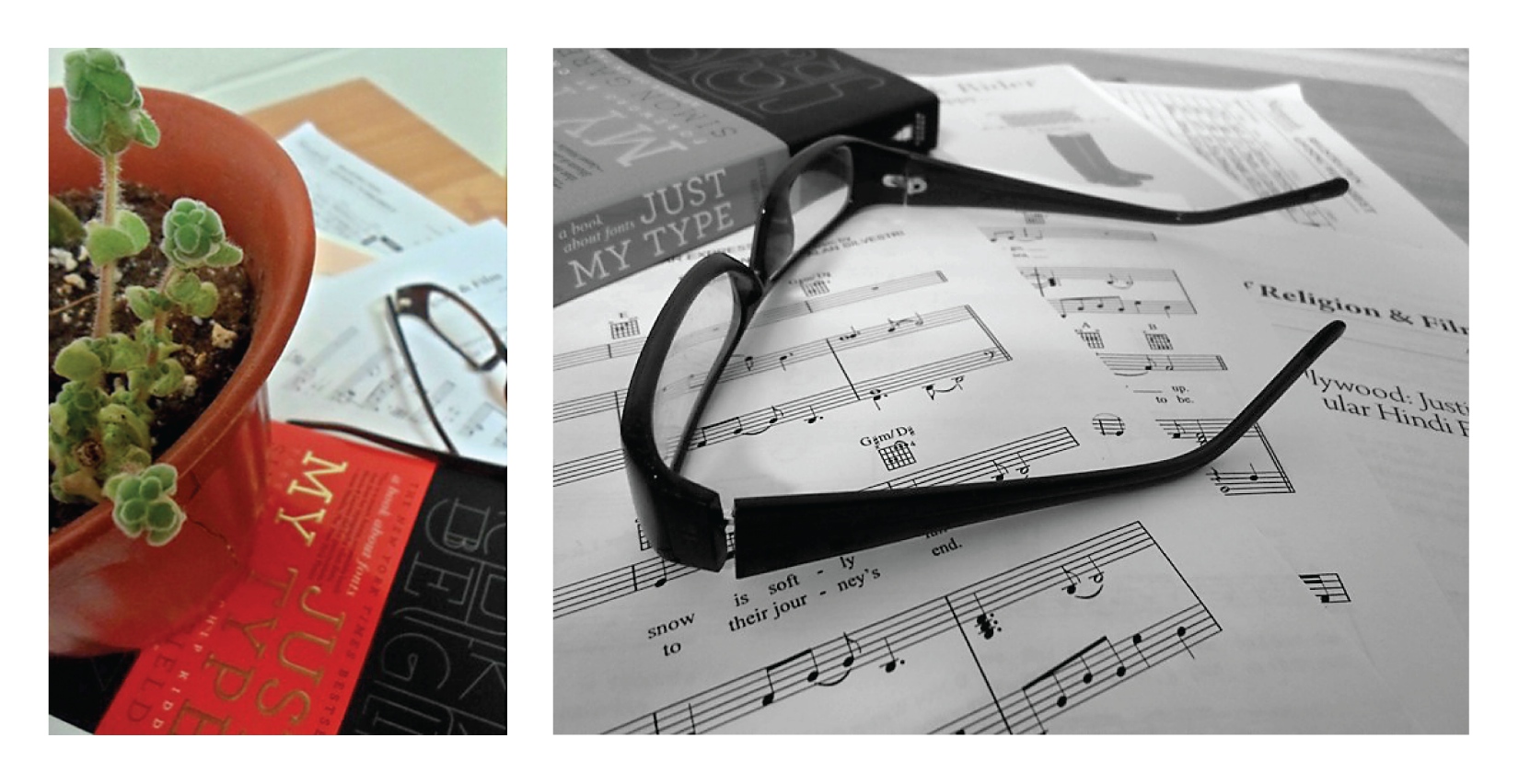
Kate Hurley


Sam DiStefano
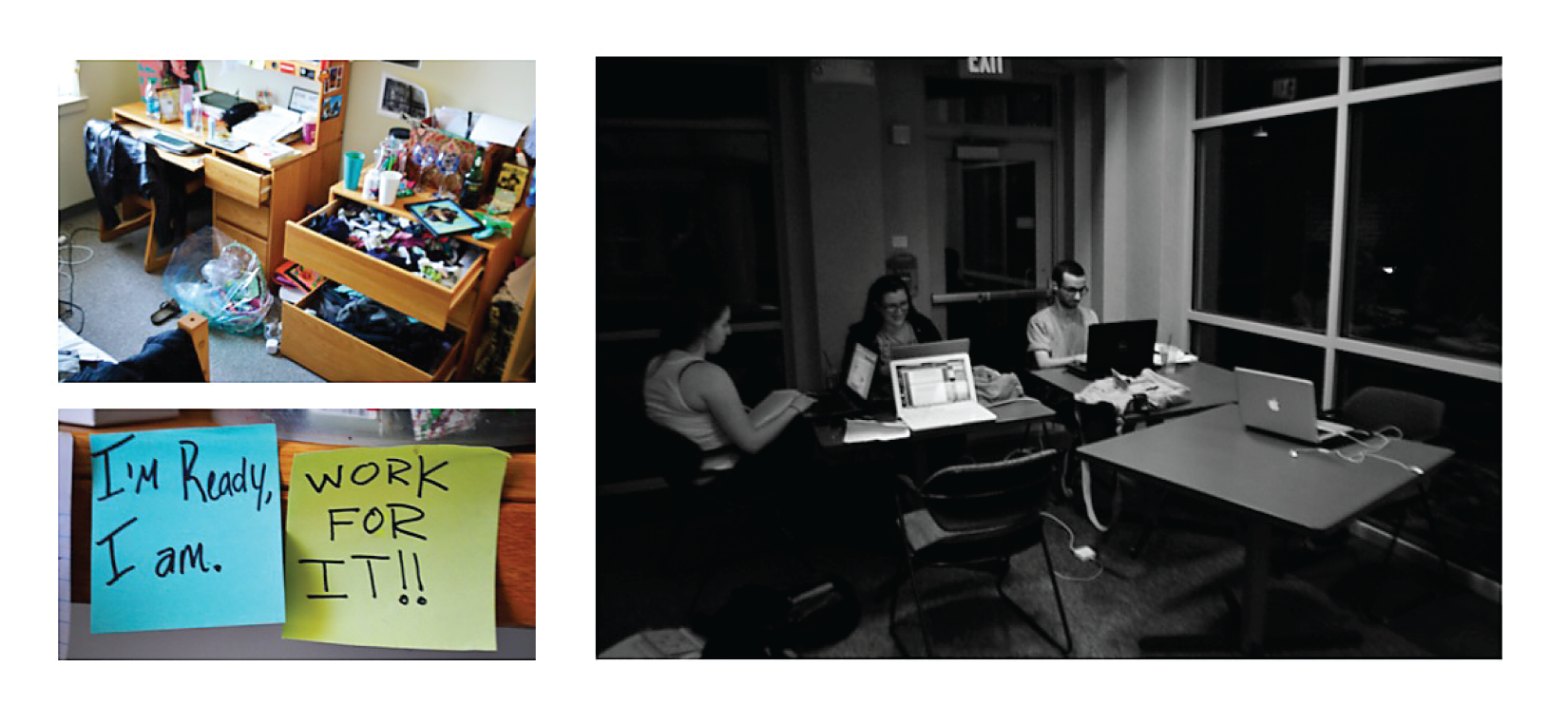
Anthony Bonura
